It’s no secret that Australians love utes. In 2022 so far, almost 150,000 utes have been sold – and that’s just the four-wheel drive variants as well, with tradie-spec two-wheel drive utes adding another 26,300 to that total. Utes are everywhere you look and are used for a variety of reasons: work or play, city or country, or a combinations of all of the above. Our favourite ute for the past year has been the Mazda BT-50, which takes the Isuzu D-Max’s solid base and adds a touch of class and extra value for money. But with a new Ford Ranger in town, how does the Mazda compare? We compared the 2022 Mazda BT-50 XTR to the 2022 Ford Ranger XLS to find out which is best.
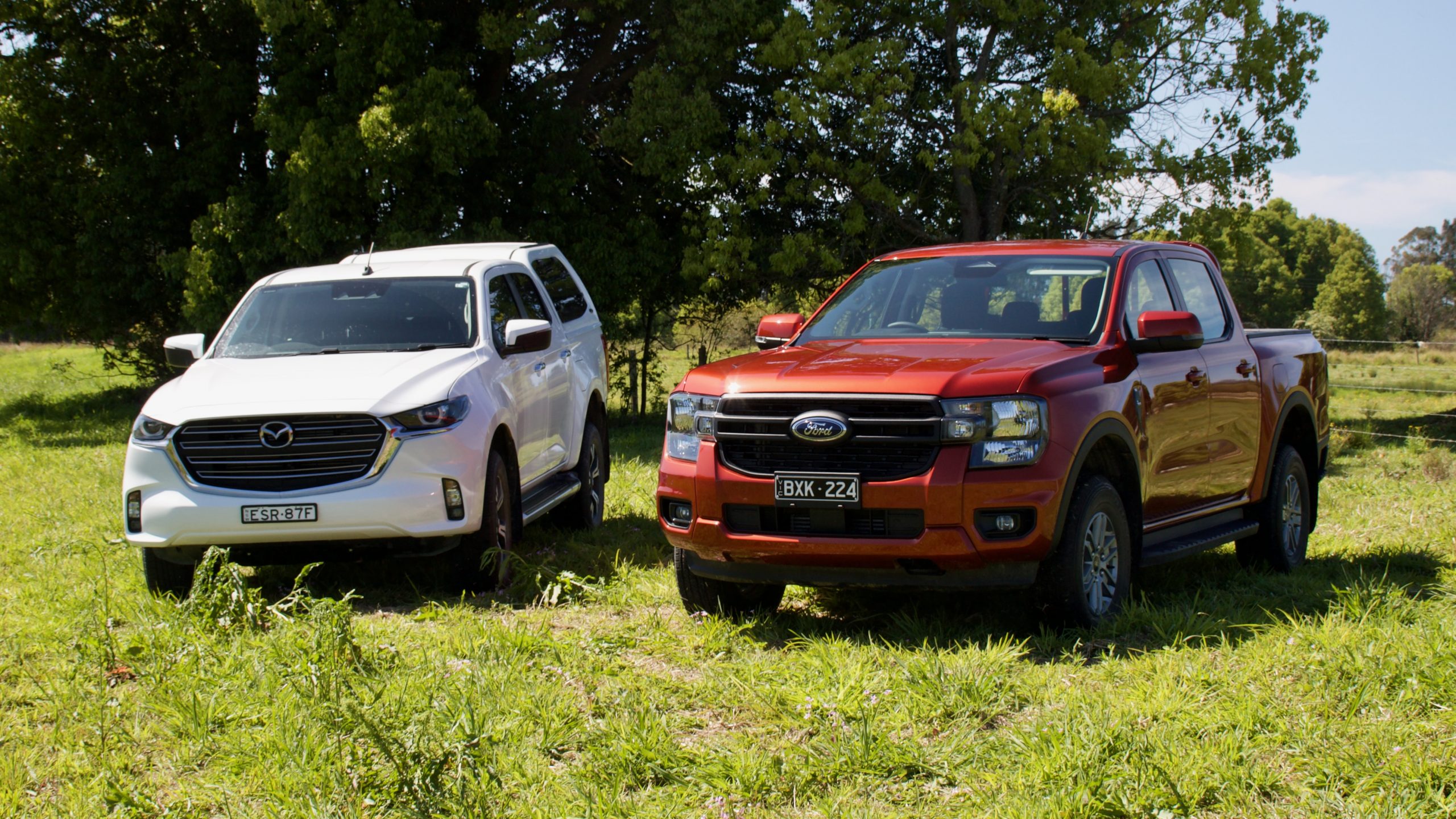
We were able to perform this comparison on a recent road trip up to Coffs Harbour from Sydney. You can read the separate Ranger XLS review here, but the chance to compare it to the BT-50 was too good to pass up (thank you to my Dad for lending us his new BT-50). Read on to find out which is best.
Price & Equipment:
While both utes compare roughly on price, the Mazda does offer more standard equipment than the Ford, which looks somewhat expensive by comparison. The Ford is priced from $54,330 plus on-road costs (around $60,000 drive away), while the Mazda is priced from $57,610 plus on-road costs (around $63,000 drive away). Yet despite costing $3,000 more, we think the Mazda is better value for money.
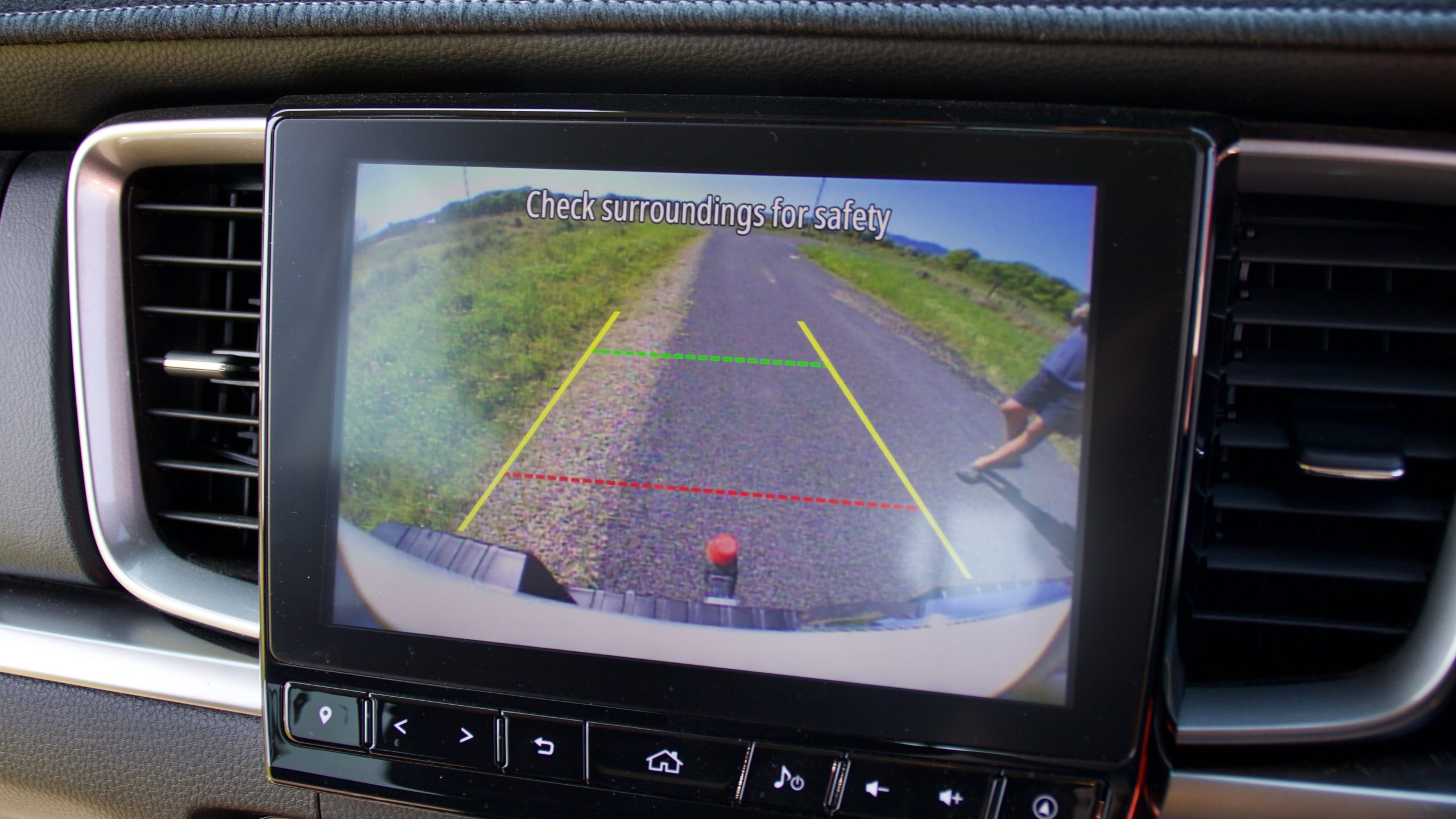
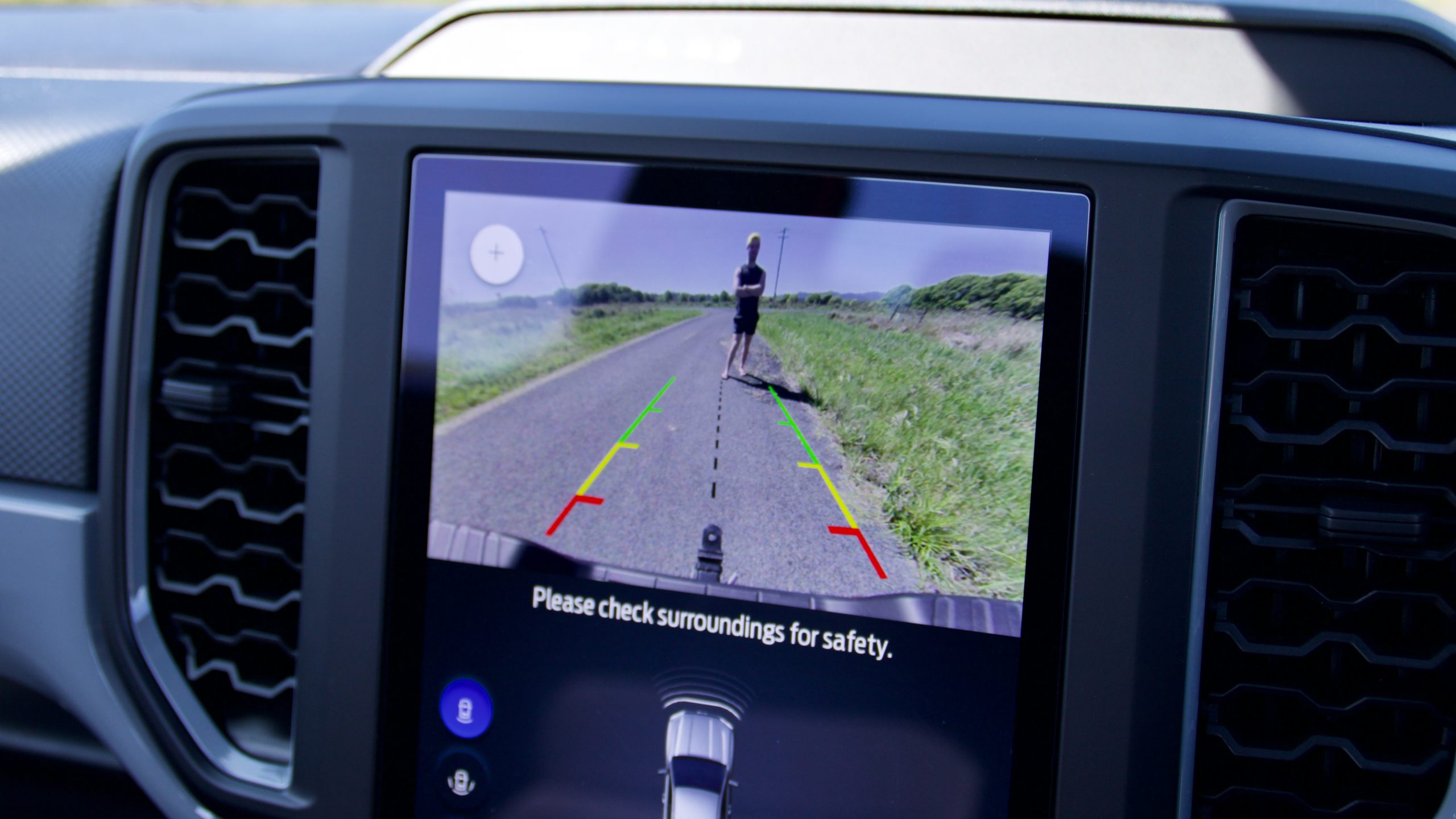
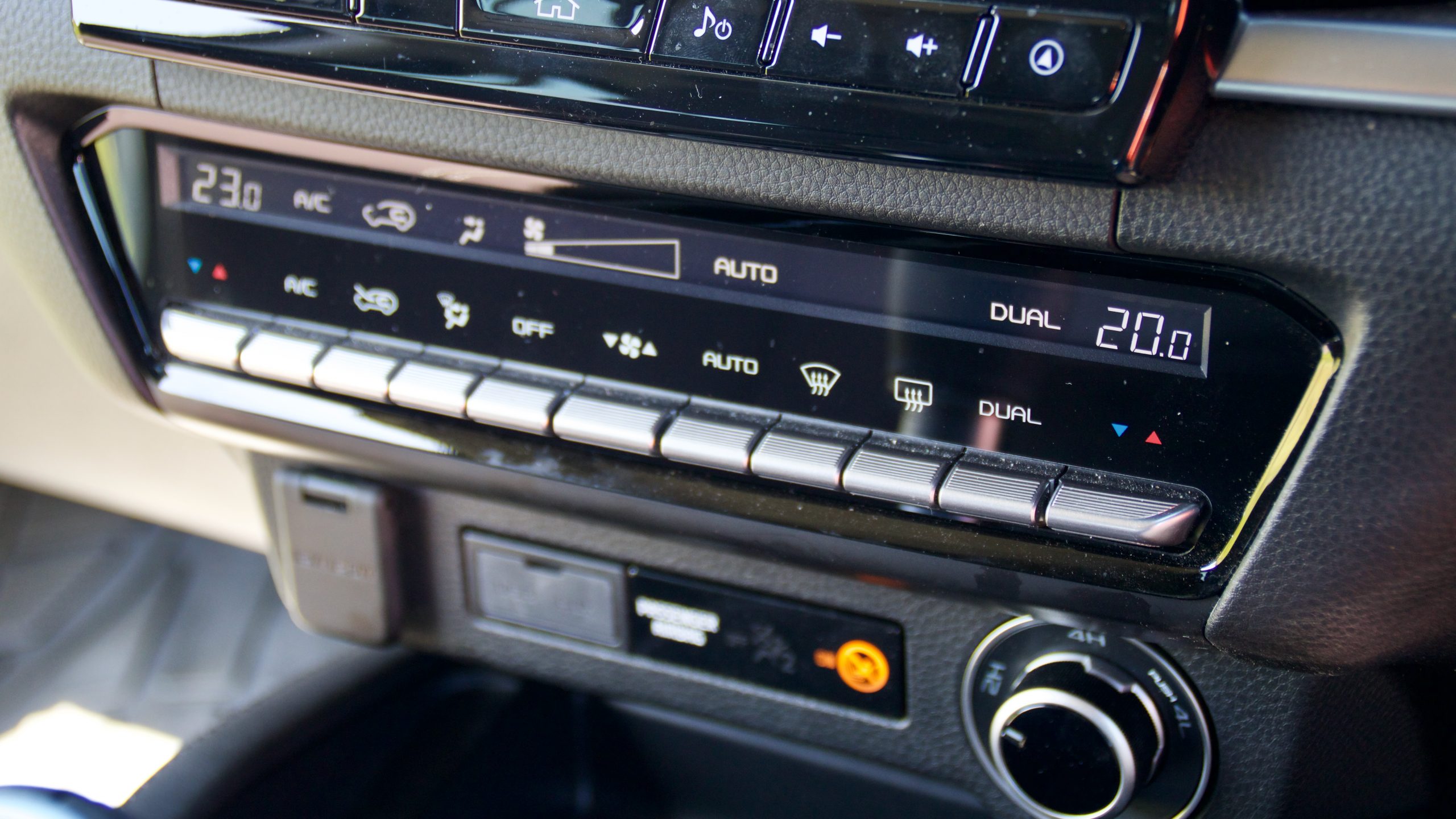
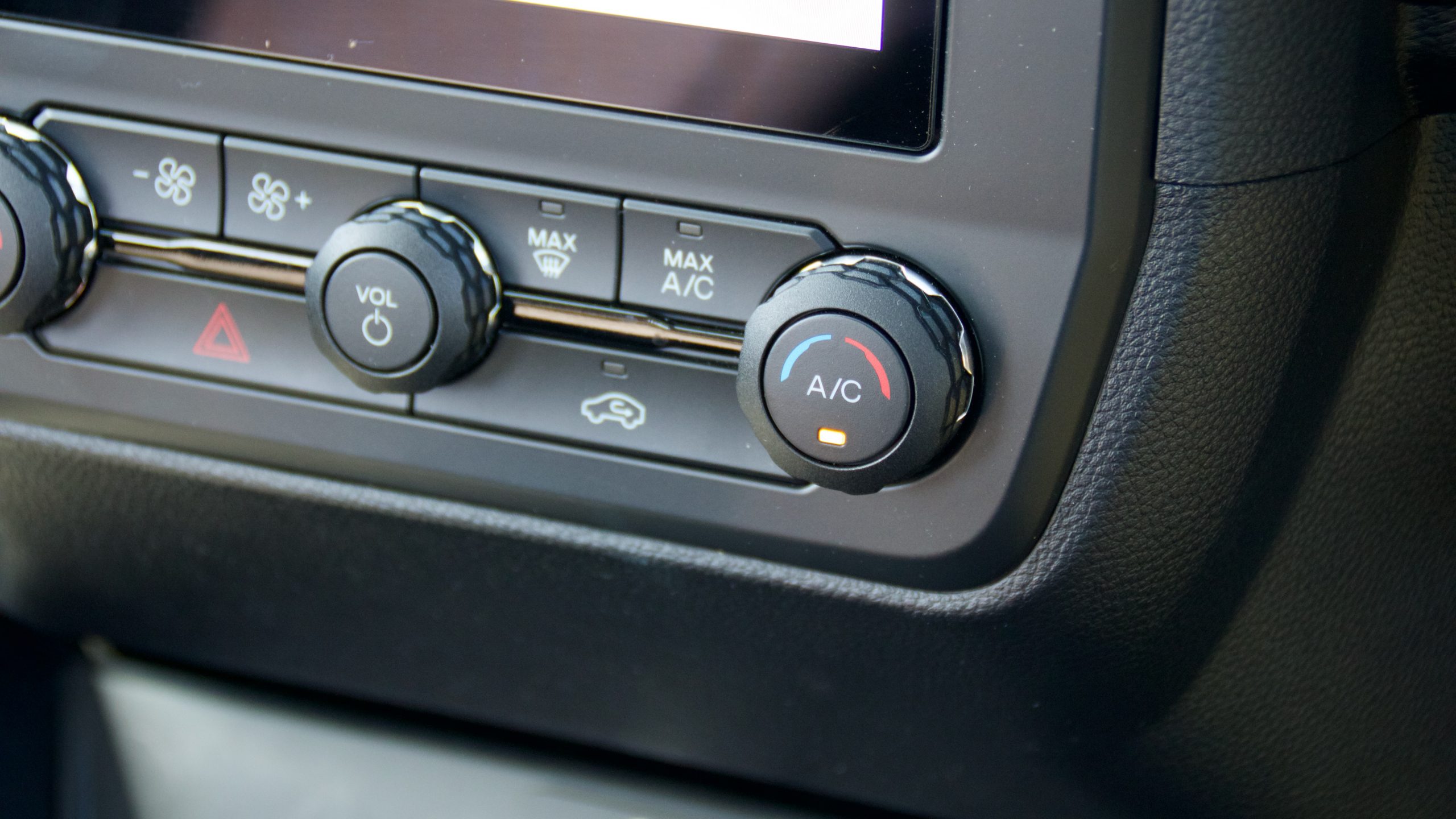
Shared standard equipment between the two utes includes automatic headlights with daytime running lights, large touchscreens with wireless Apple CarPlay and Android Auto, electric windows and mirrors (both with heating and electric-folding functionality), air-conditioning and alloy wheels.
Shared safety features include many airbags (including front centre units), auto emergency braking (AEB) with pedestrian detection, blind-spot monitoring with rear cross-traffic alert, speed sign recognition, auto high beam, driver attention monitoring, lane keep assist, adaptive cruise control with stop and go functionality, front and rear parking sensors and a reversing camera.
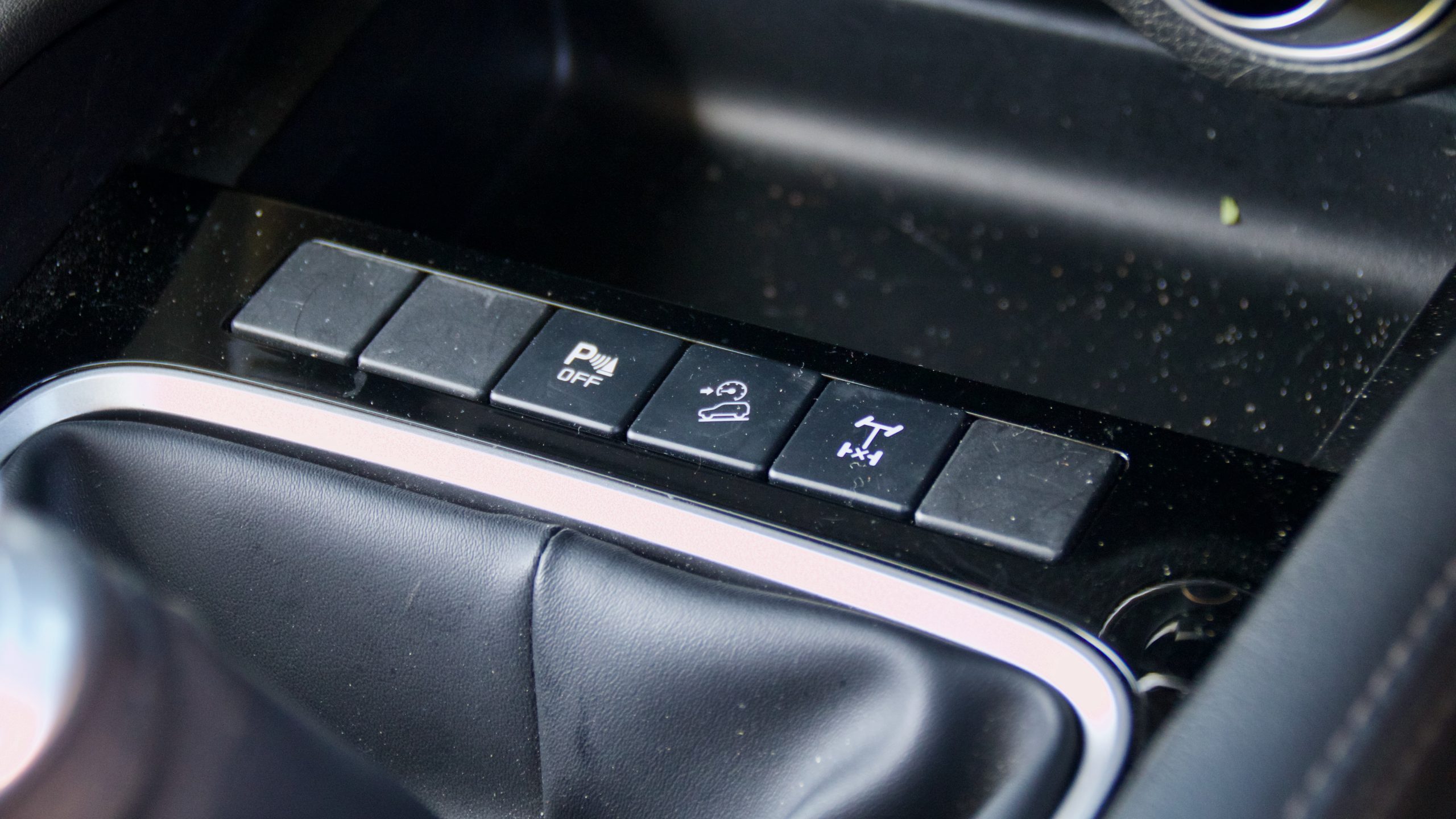
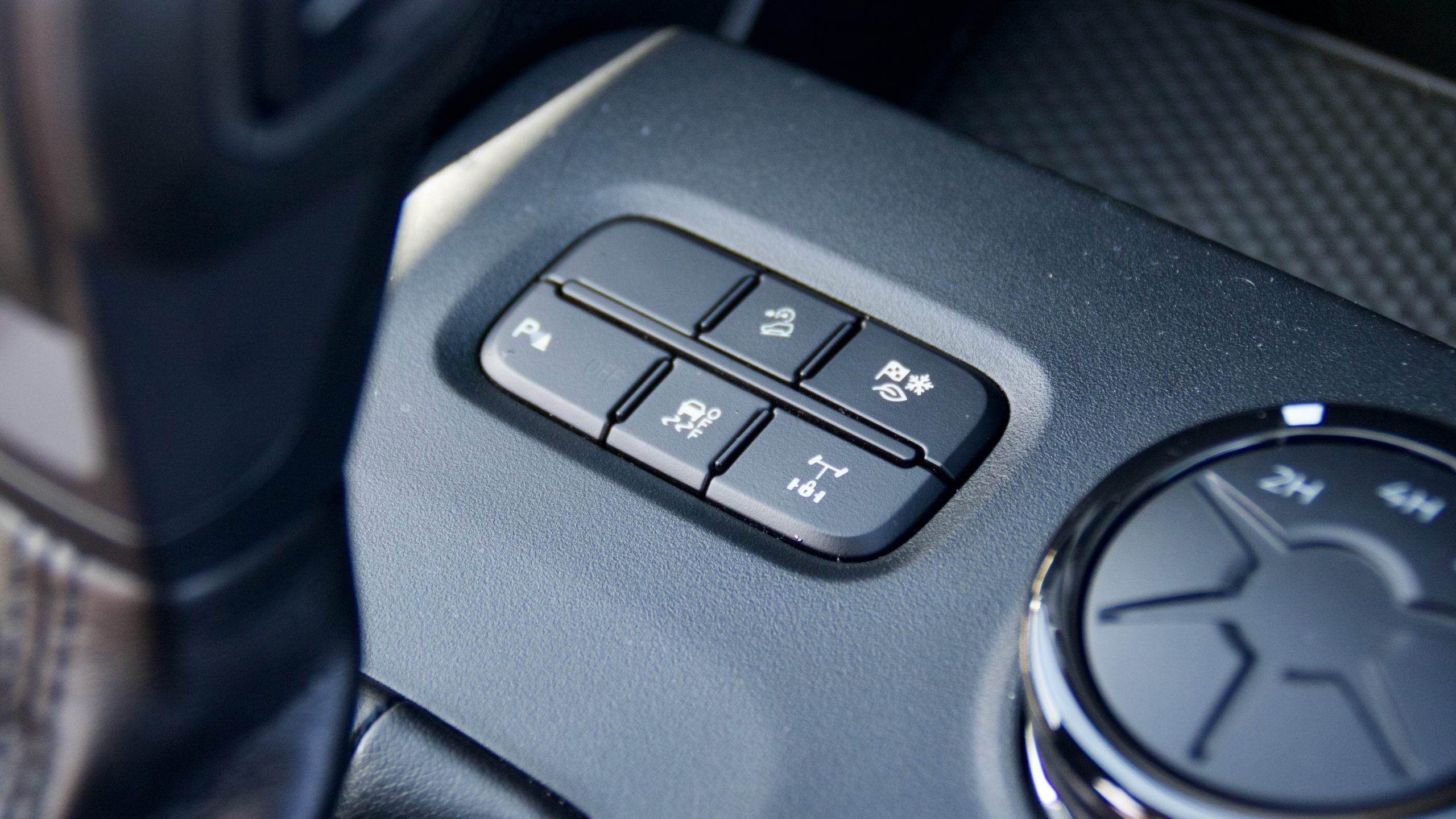
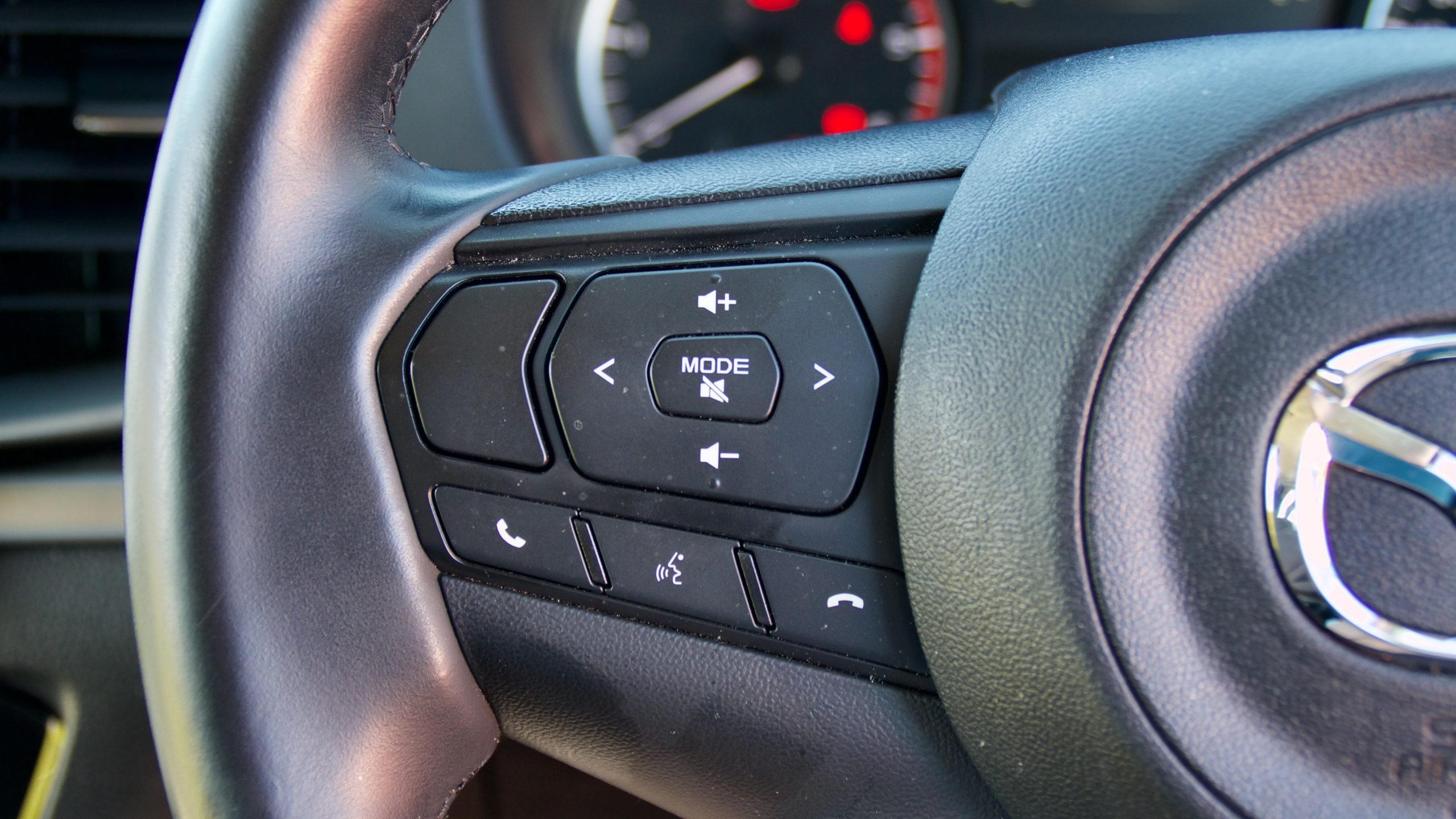
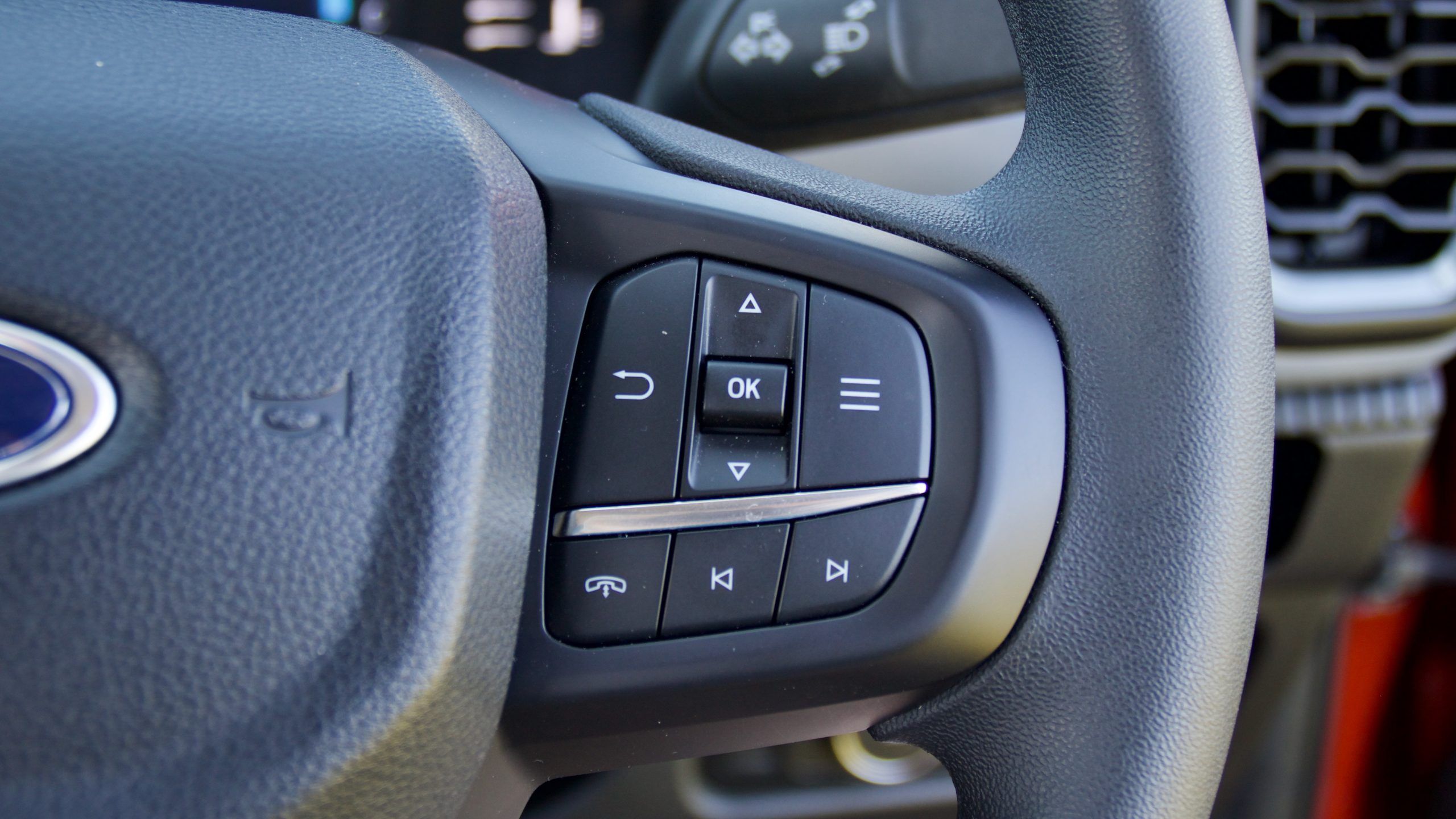
Why is the Mazda better value? Because it includes a lot more equipment for only $3,000 more. The extra kit includes dual-zone climate control with rear vents, inbuilt satellite navigation, digital radio, larger 18-inch alloy wheels, LED headlights with LED front fog lights, a leather steering wheel and gear knob, a rear centre arm rest, a second front USB port, a rear USB port and keyless entry with push button start.
Ranger XLS buyers can get some of that equipment by choosing the optional $750 XLS Tech Pack, which includes a larger 12.0-inch touchscreen with inbuilt navigation and digital radio, dual-zone climate control with rear vents, body coloured door handles and keyless entry and start. A $750 17-inch wheel and all-terrain tyre pack, a $,1700 tow pack and a $900 heavy duty spray-in bed liner are also available optionally. The Mazda has no options, just dealer-fit accessories.
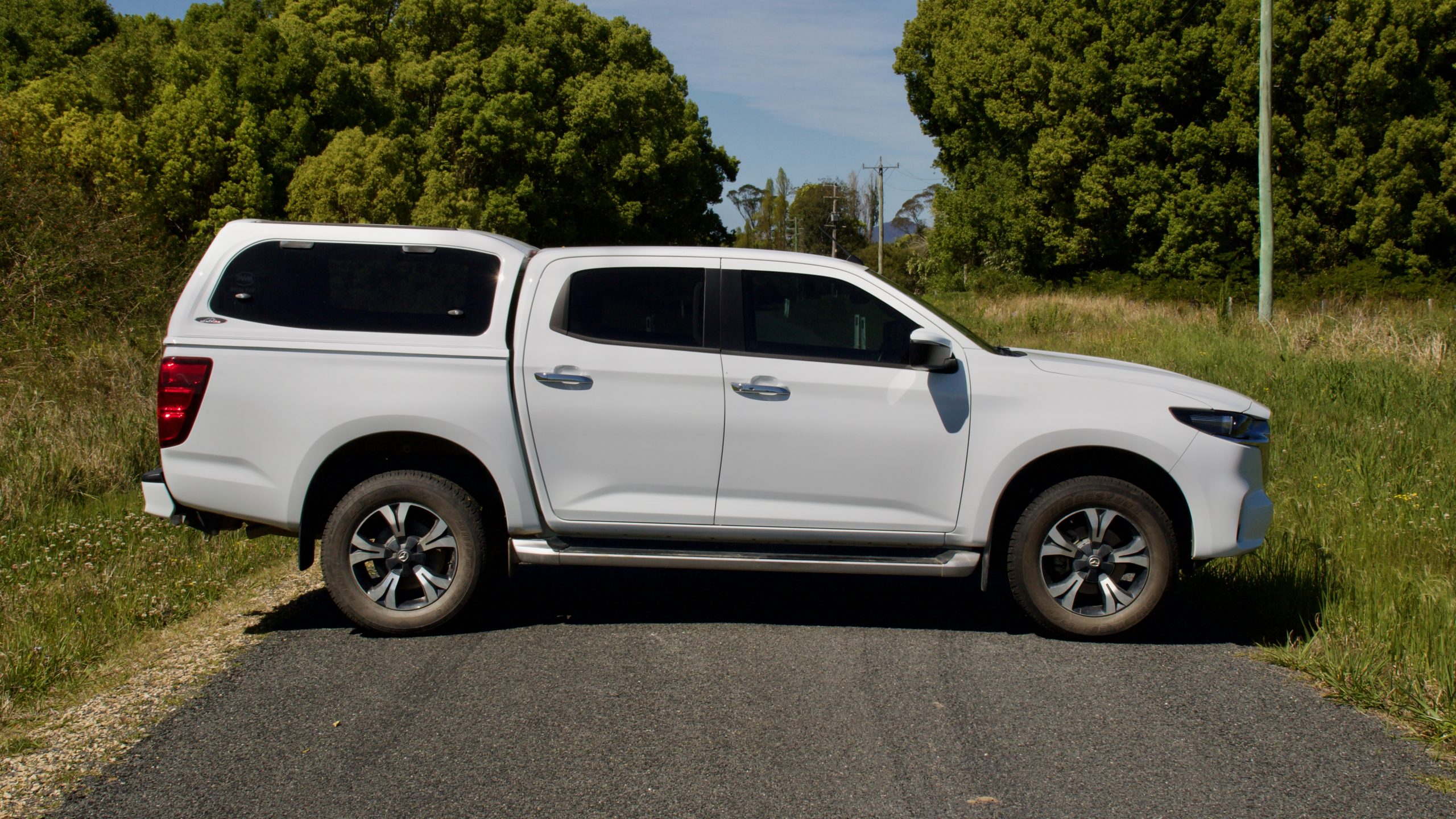
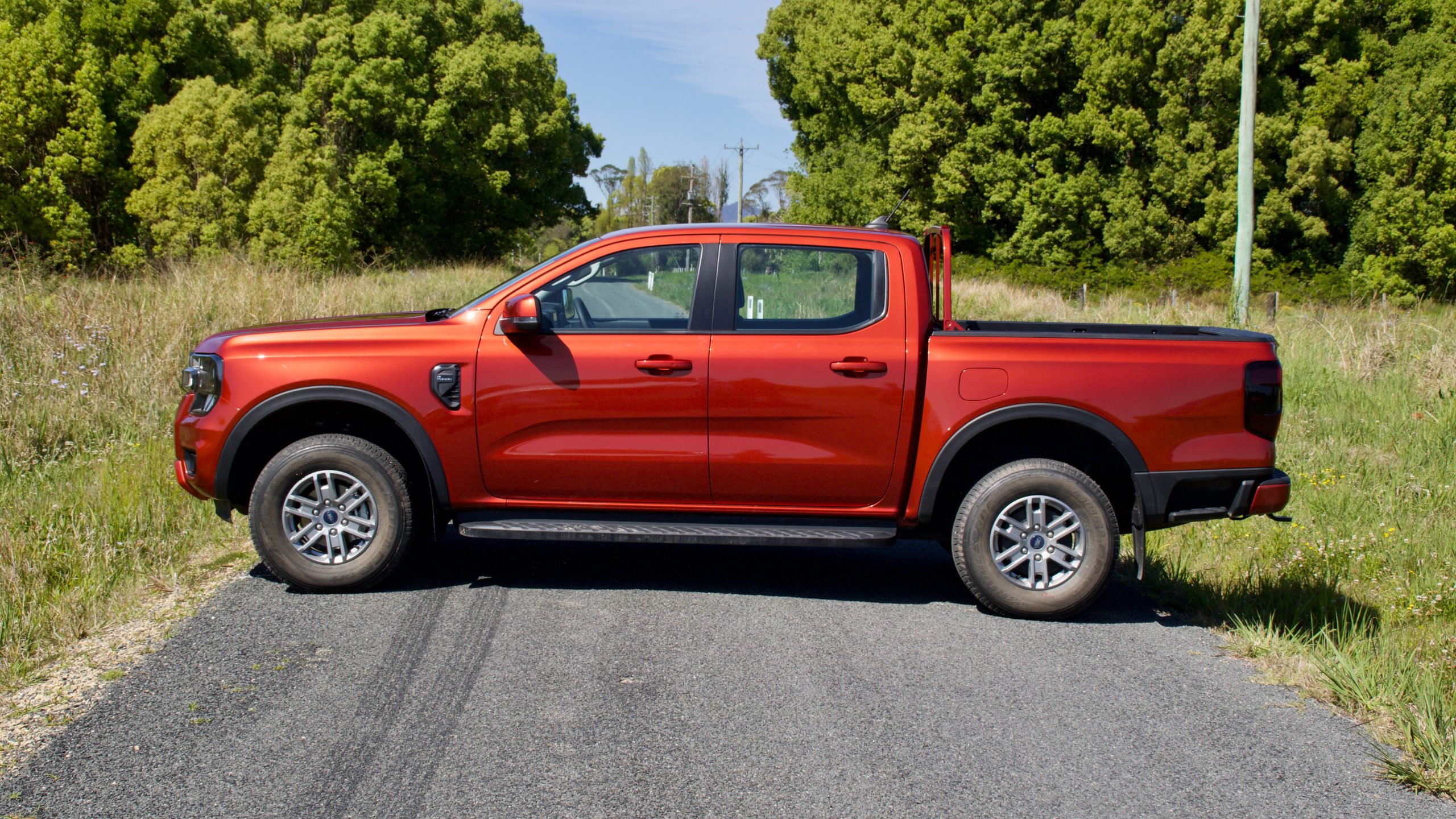
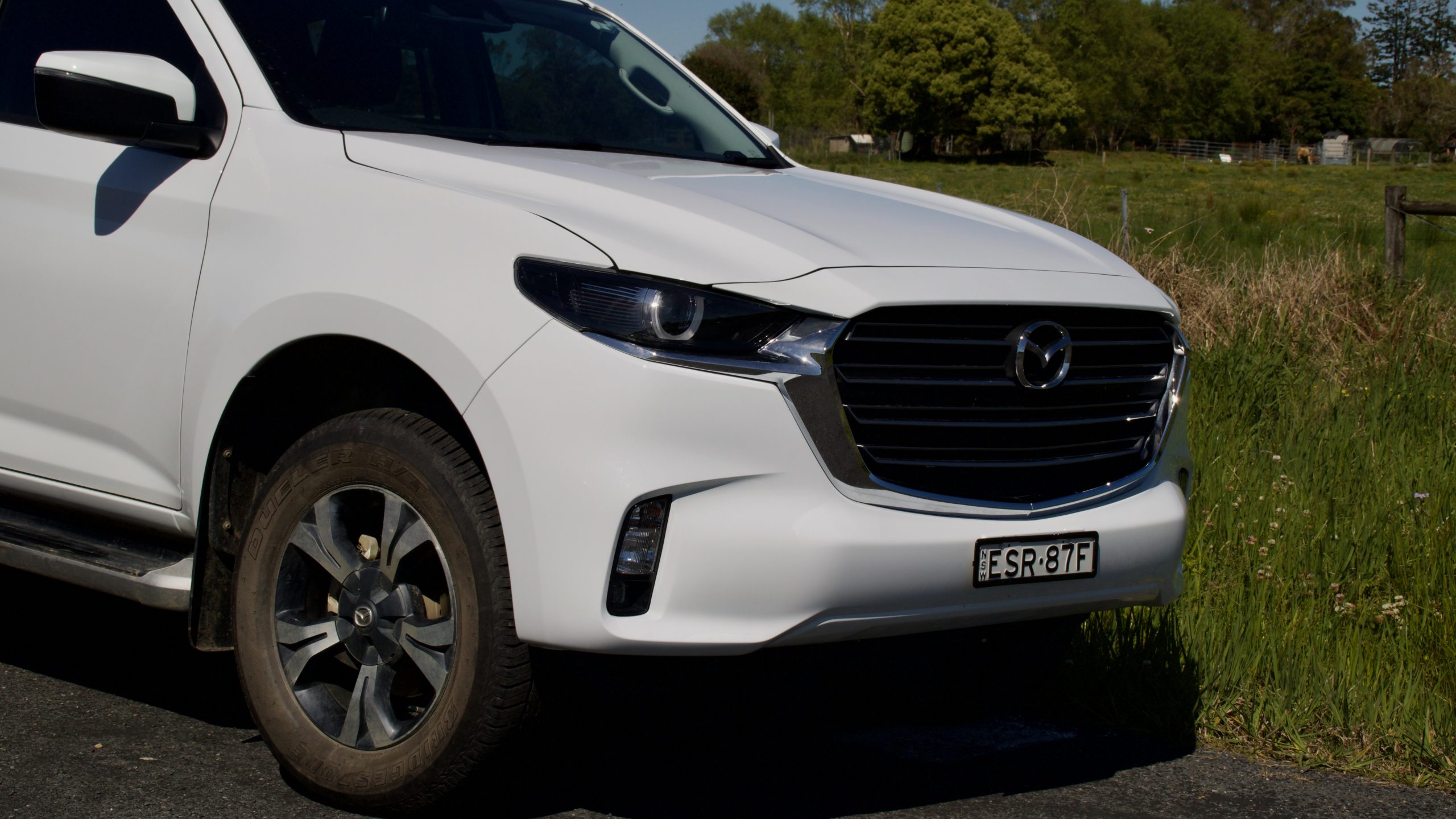
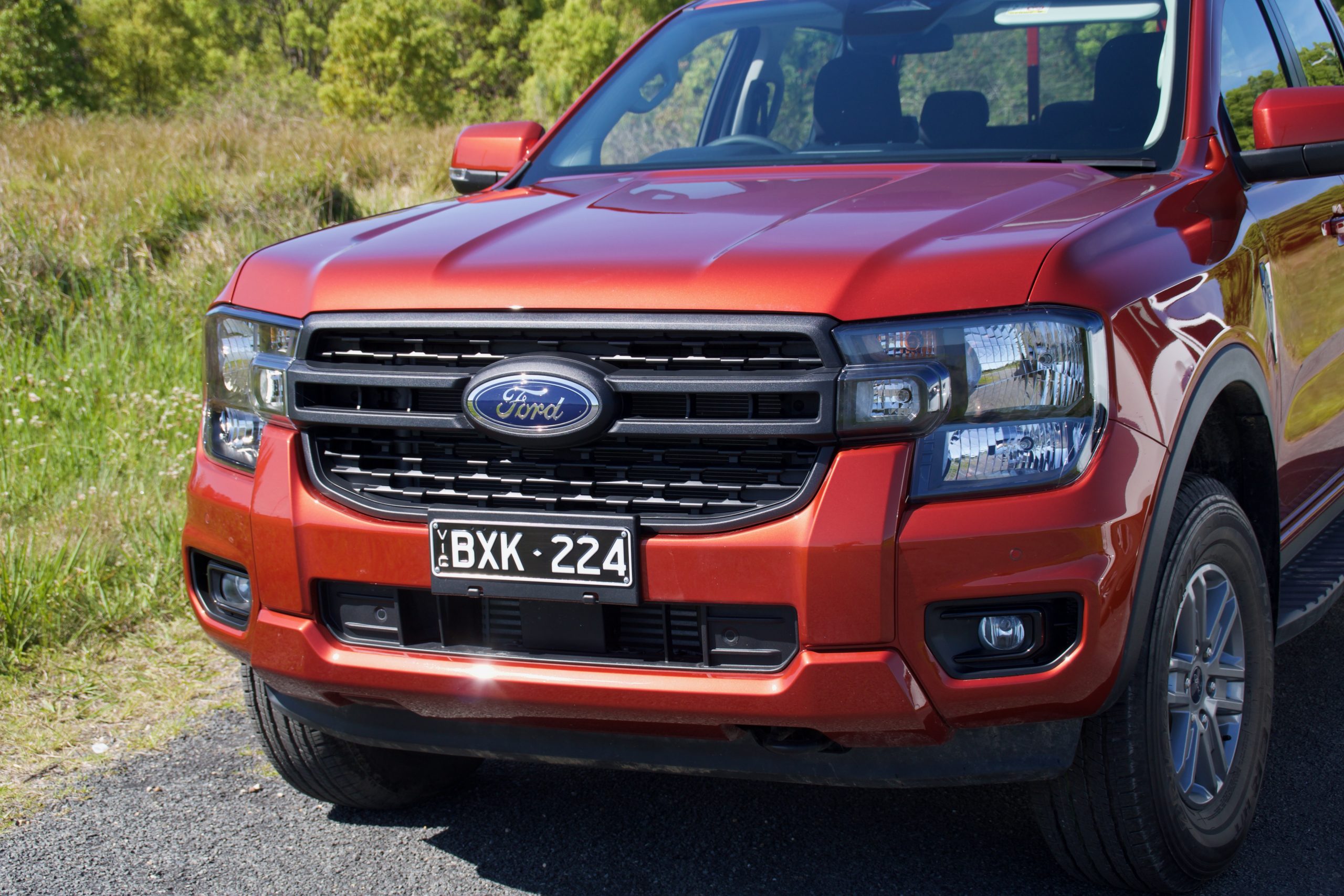
Does the Ford offer anything over the Mazda? If the Tech Pack is selected, its touchscreen is larger, it has a digital driver’s display, it features an inbuilt SIM card for live traffic and other online features, you can lower or raise the windows from the key, you can lock or unlock (plus start the engine) from your smartphone with the FordPass app, its mirrors automatically retract when it is locked and it will brake for you automatically in reverse. But that’s not enough to overcome the BT-50’s major equipment additions.
Price & equipment winner: 2022 Mazda BT-50 XTR
Performance & Economy:
Under the bonnet of both utes are four-cylinder turbo-diesel engines – the Mazda’s 140kW/450Nm 3.0-litre single-turbo unit makes less grunt than the Ford’s smaller 154kW/500Nm 2.0-litre but twin-turbo engine, but it’s still got healthy outputs for the segment. While the Ranger has a standard 10-speed automatic, the BT-50 is available with either a six-speed manual (like our test car) or a six-speed automatic – thank you Mazda for giving us the choice!
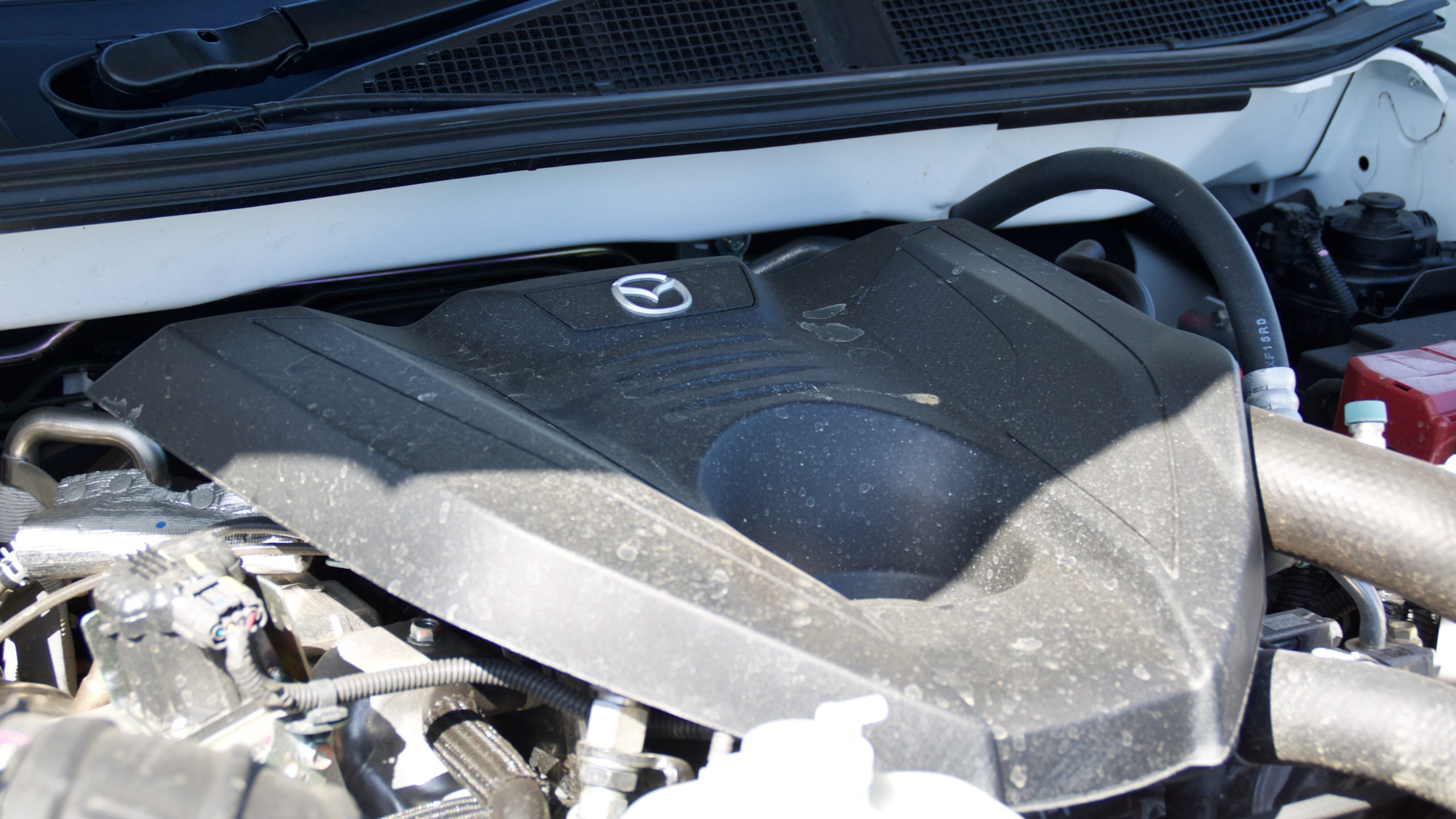
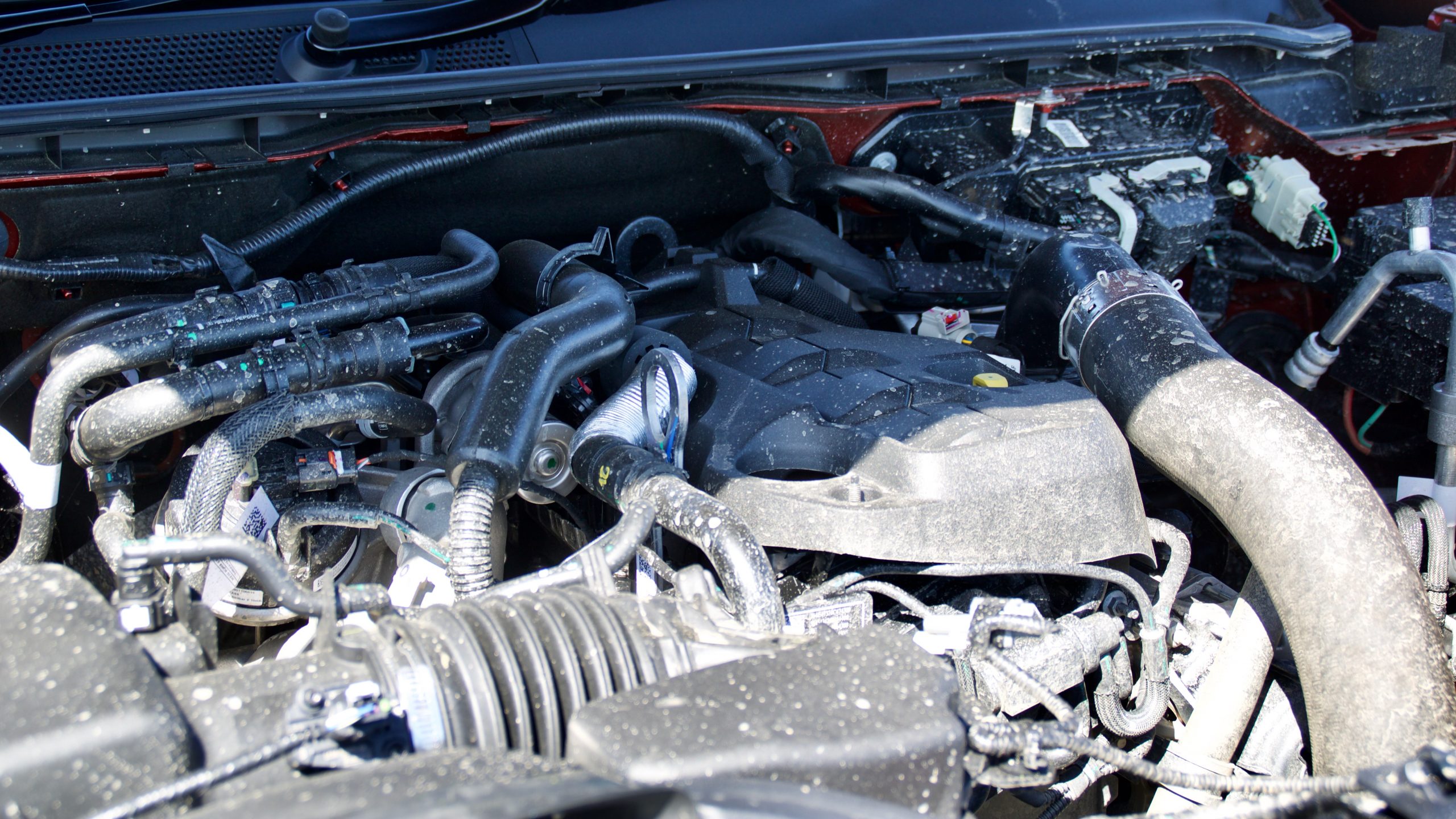
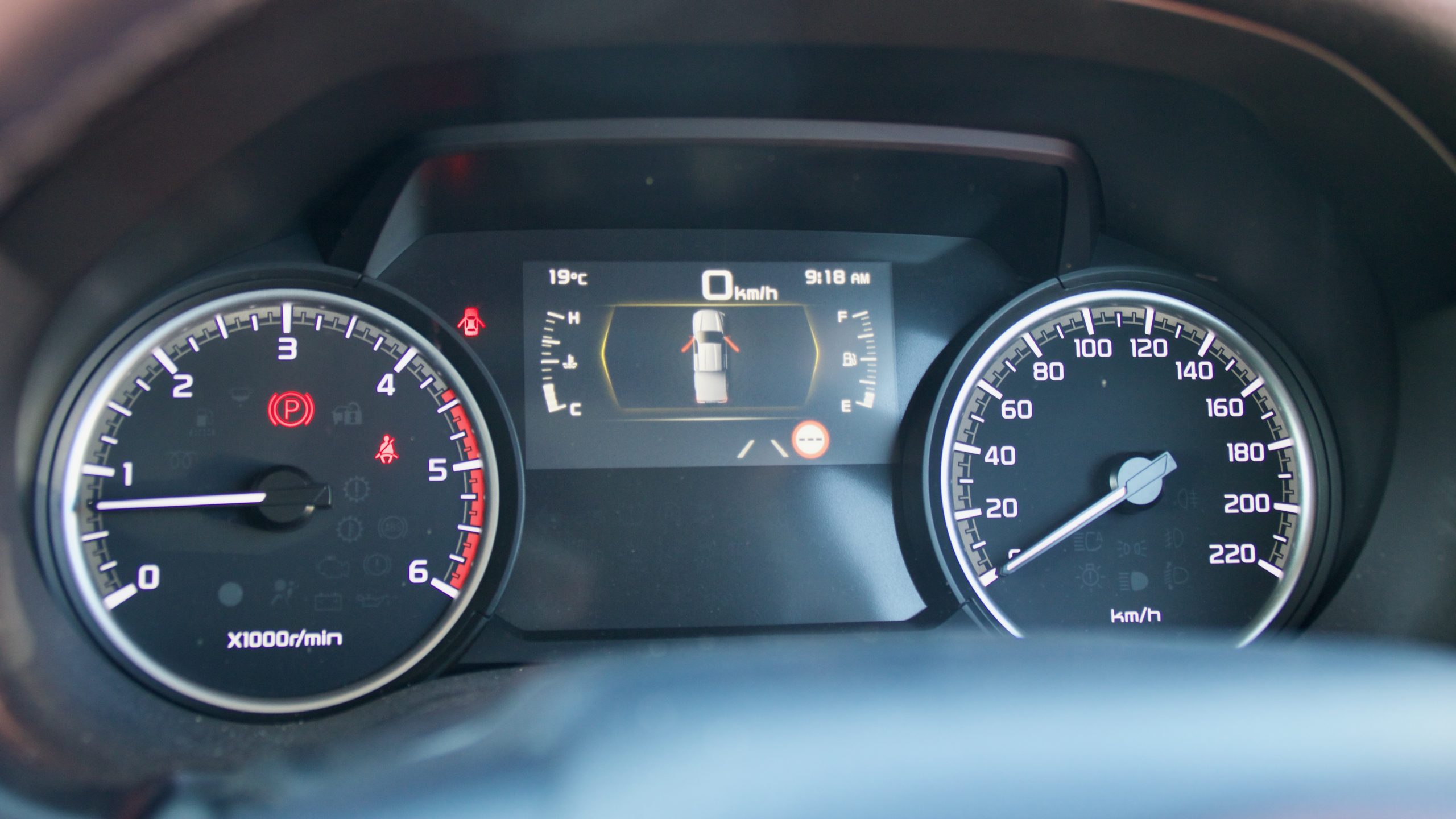
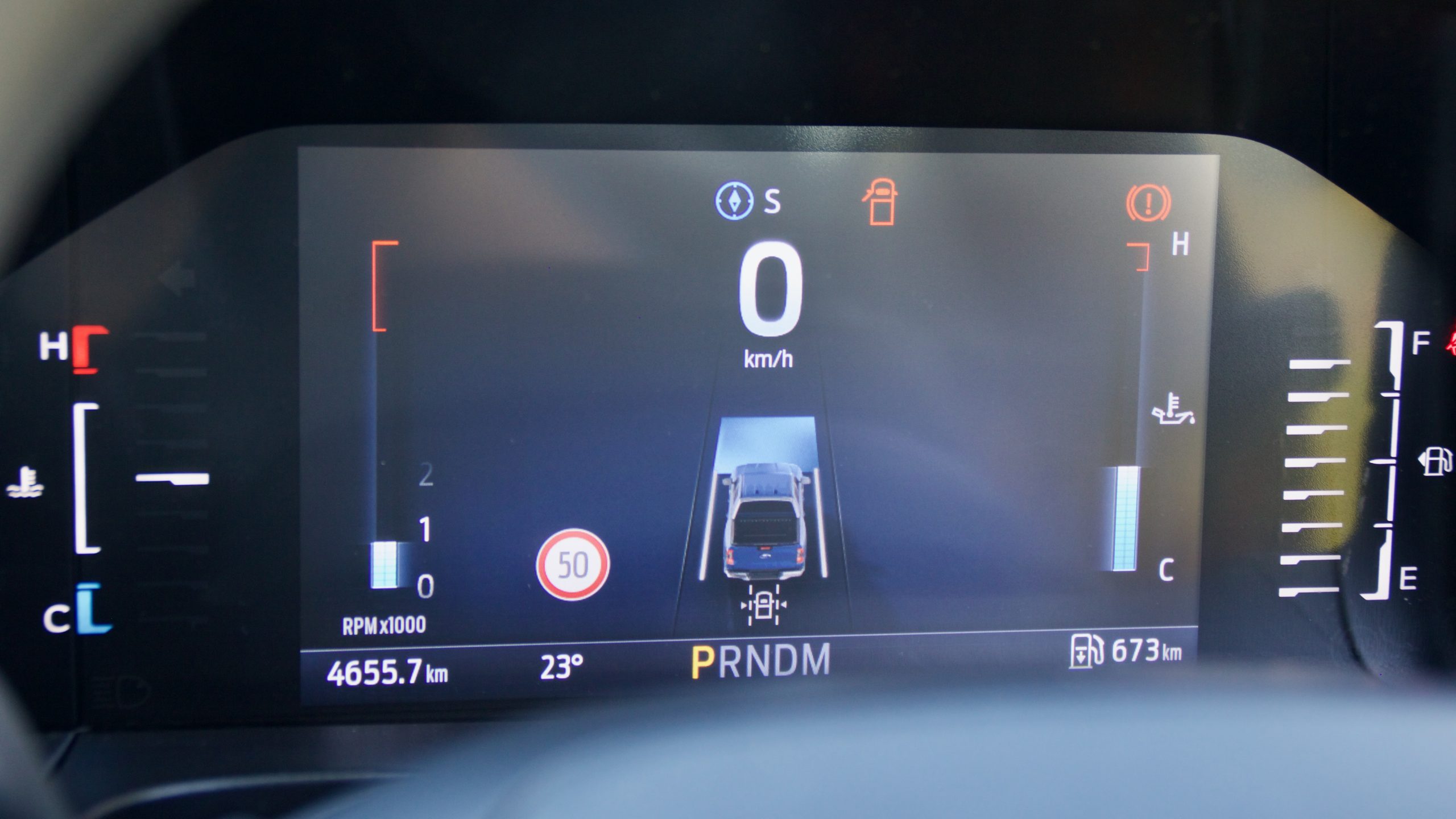
While both engines are good offerings in the ute segment, the Ranger’s unit definitely feels more modern thanks to its wider spread of grunt and generally more quiet nature. The Mazda’s Isuzu-derived unit is louder by comparison, and it feels slower regardless of the transmission, thanks to its six ratios that are more widespread than the Ford’s 10-speed auto, which always keeps its engine in the torque band.
Because of the transmission and the extra performance, the Ranger feels noticeably quicker than the Mazda and makes you wonder if you need the higher-spec V6 in the Ranger lineup. Both utes will tow a braked 3,500kg trailer.
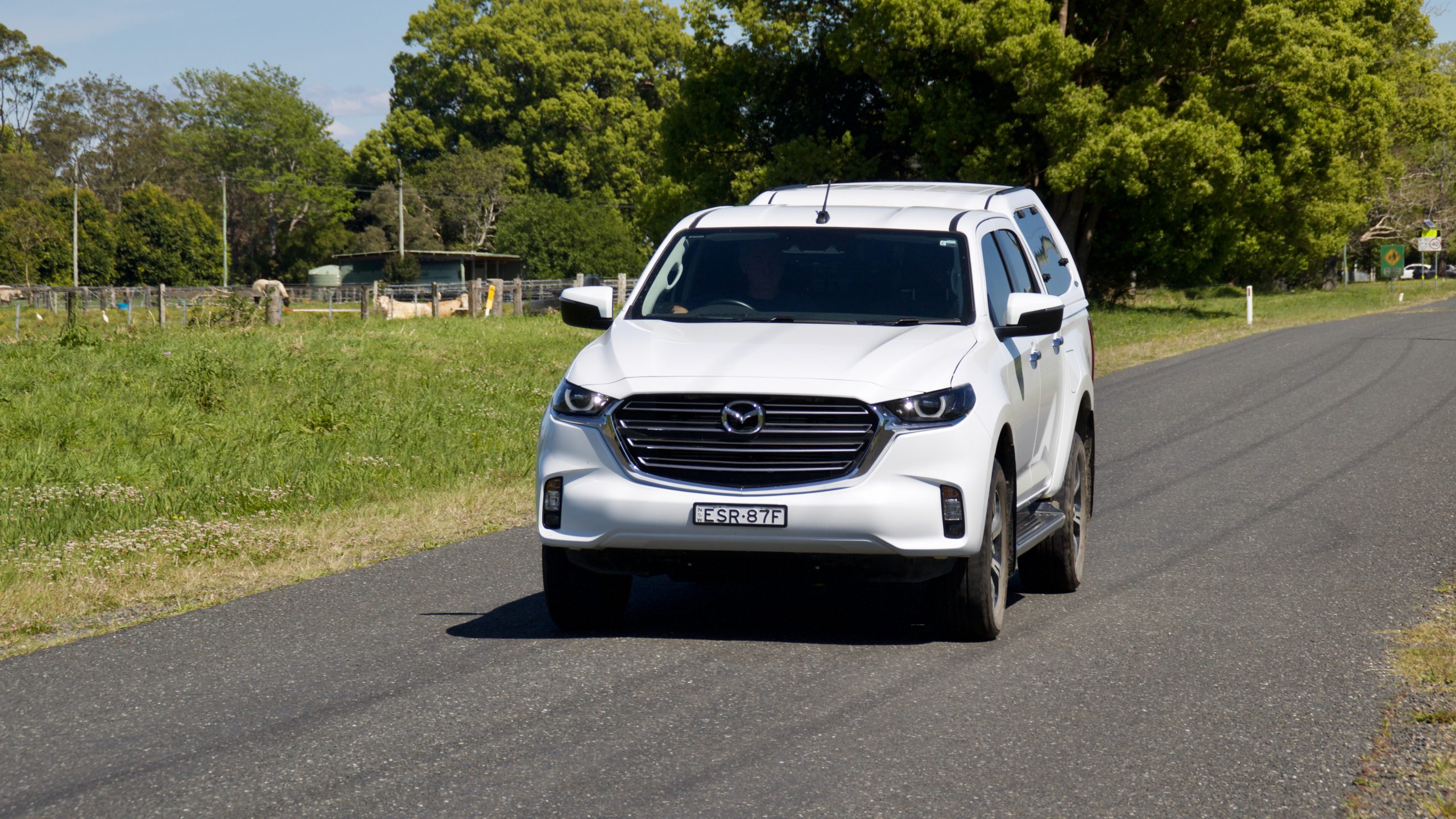
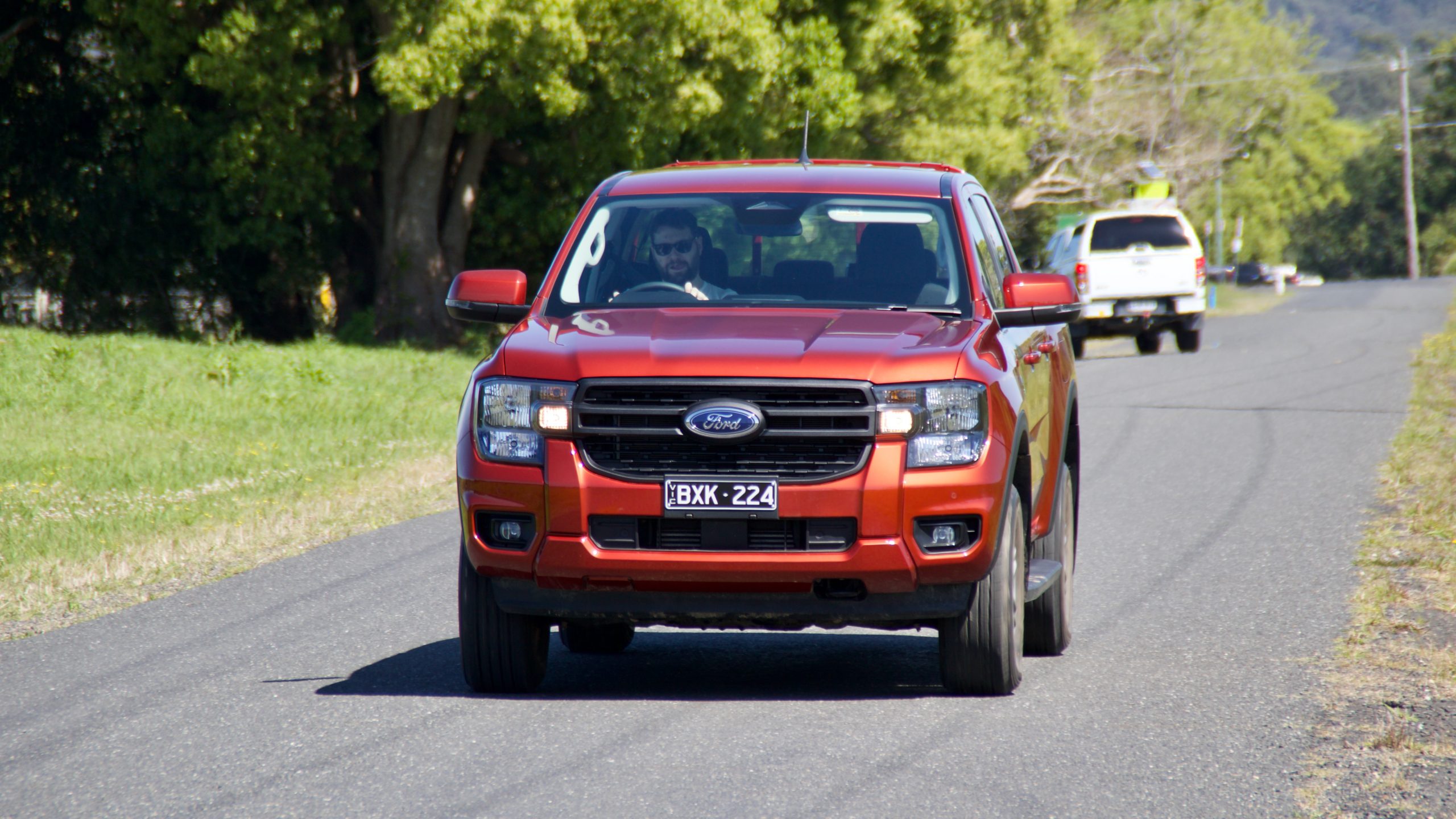
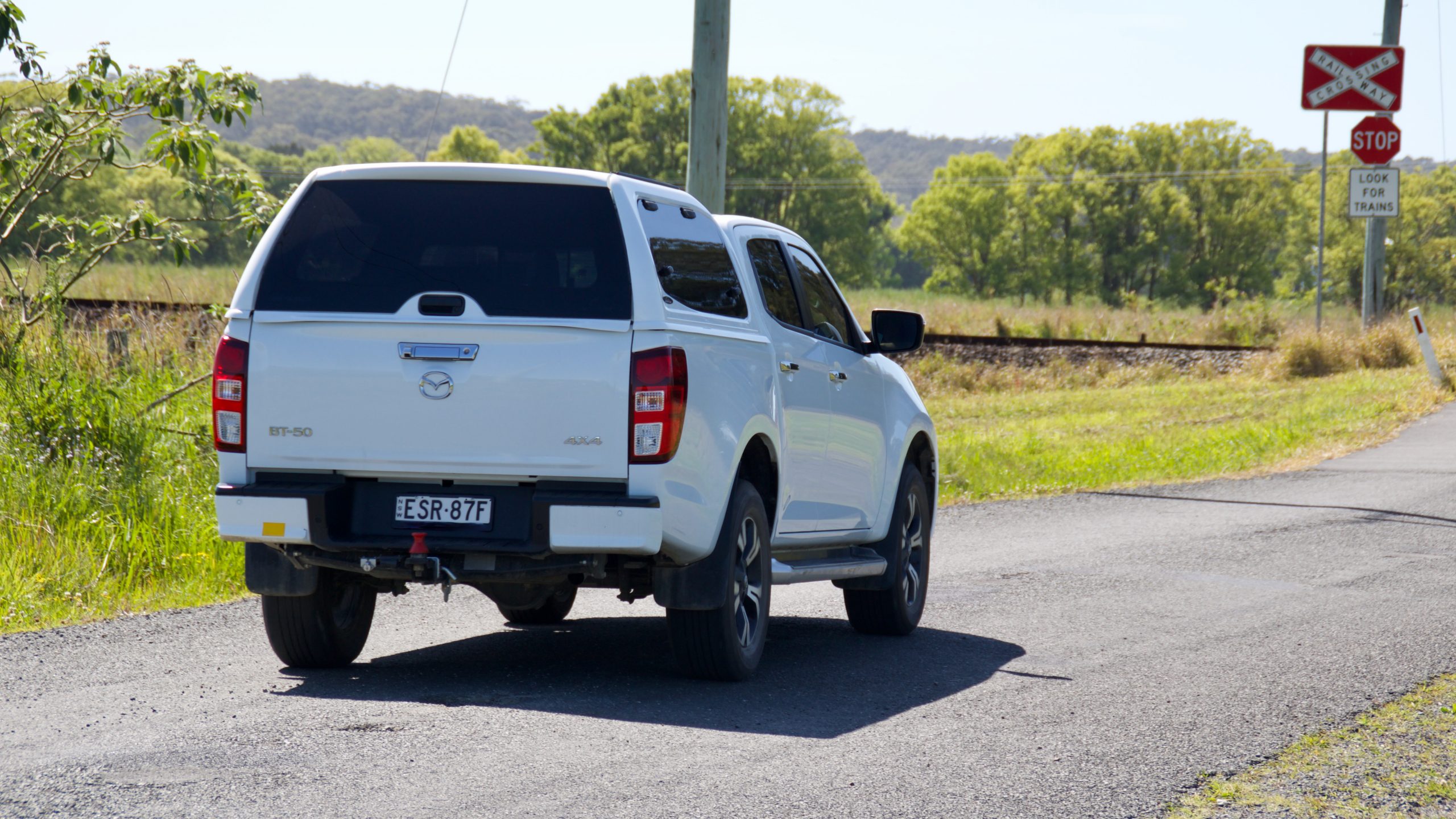
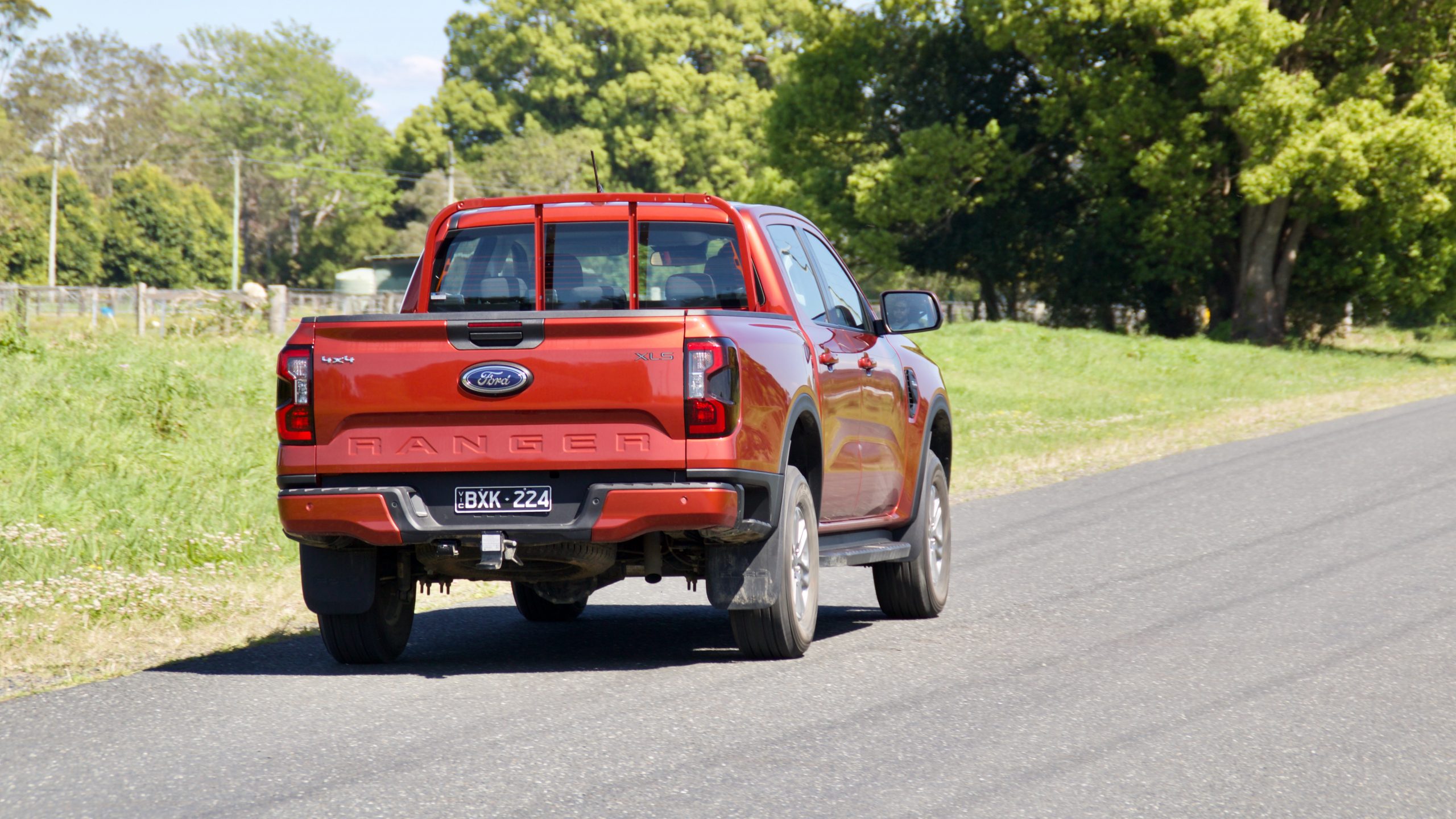
In terms of fuel economy, Mazda claims that the BT-50 XTR automatic will use 8.0L/100km and Ford claims that the Ranger XLS will use slightly less at 7.6L/100km. In our testing, that difference carried through – we achieved 8.2L/100km for the Ranger and 8.6L/100km for the BT-50 manual. The BT-50’s higher fuel consumption and smaller 76-litre fuel tank will give it a slightly smaller cruising range than the Ranger with its larger 80-litre tank and lesser consumption.
Performance & economy winner: 2022 Ford Ranger XLS
Ride & Handling:
We were impressed with the BT-50’s ride and handling balance upon its release, and the Ranger has long been the champion for this in the segment – how do they compare? Undoubtedly, the Ranger drives better than the BT-50 – and indeed every other competitor – thanks to its very compliant ride quality, quick and well-weighted steering and excellent noise insulation. That’s not to say that the BT-50 drives badly, because it doesn’t, but its ride is firmer, it feels more cumbersome to drive and it’s noisier.
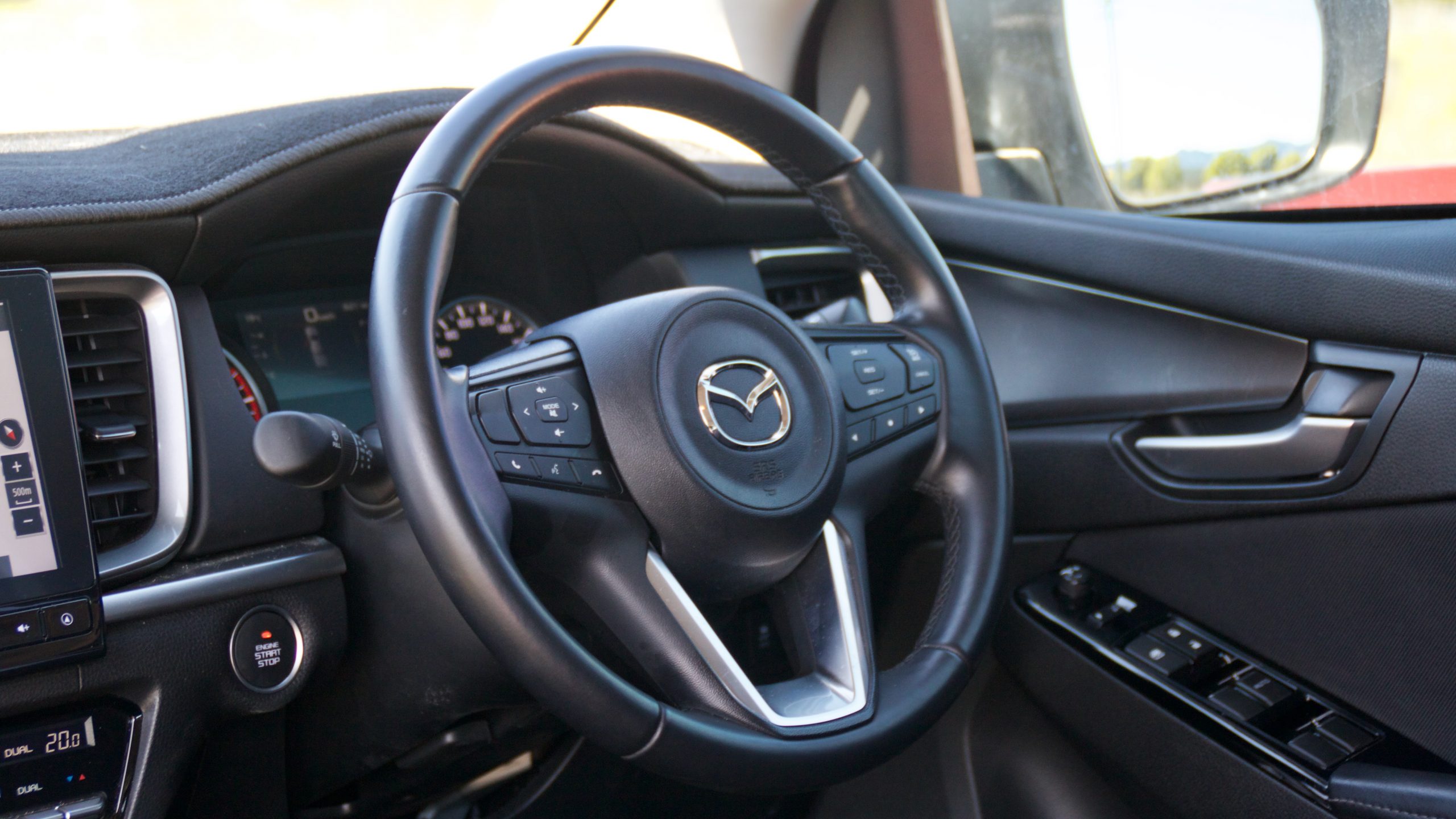
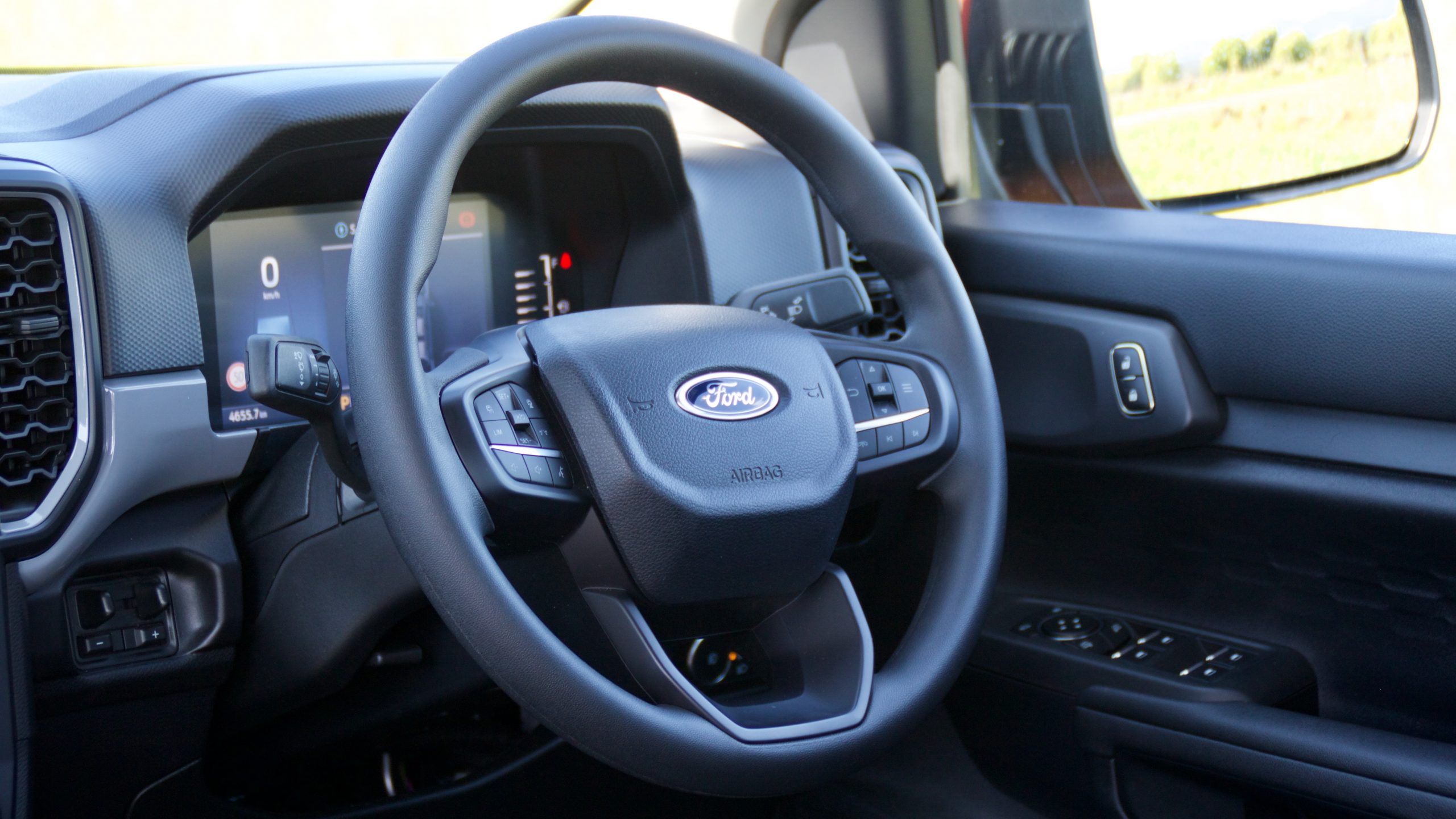
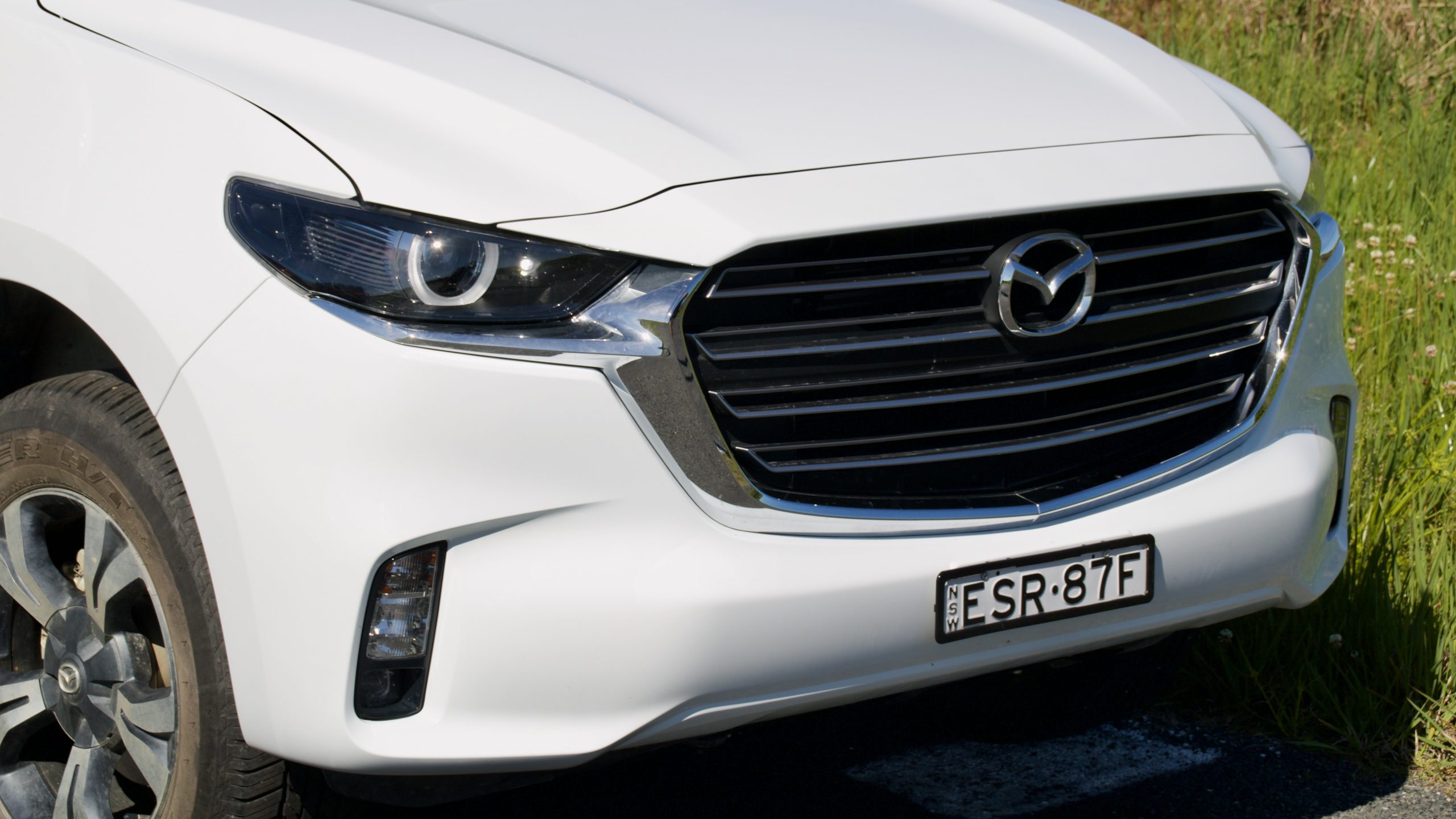
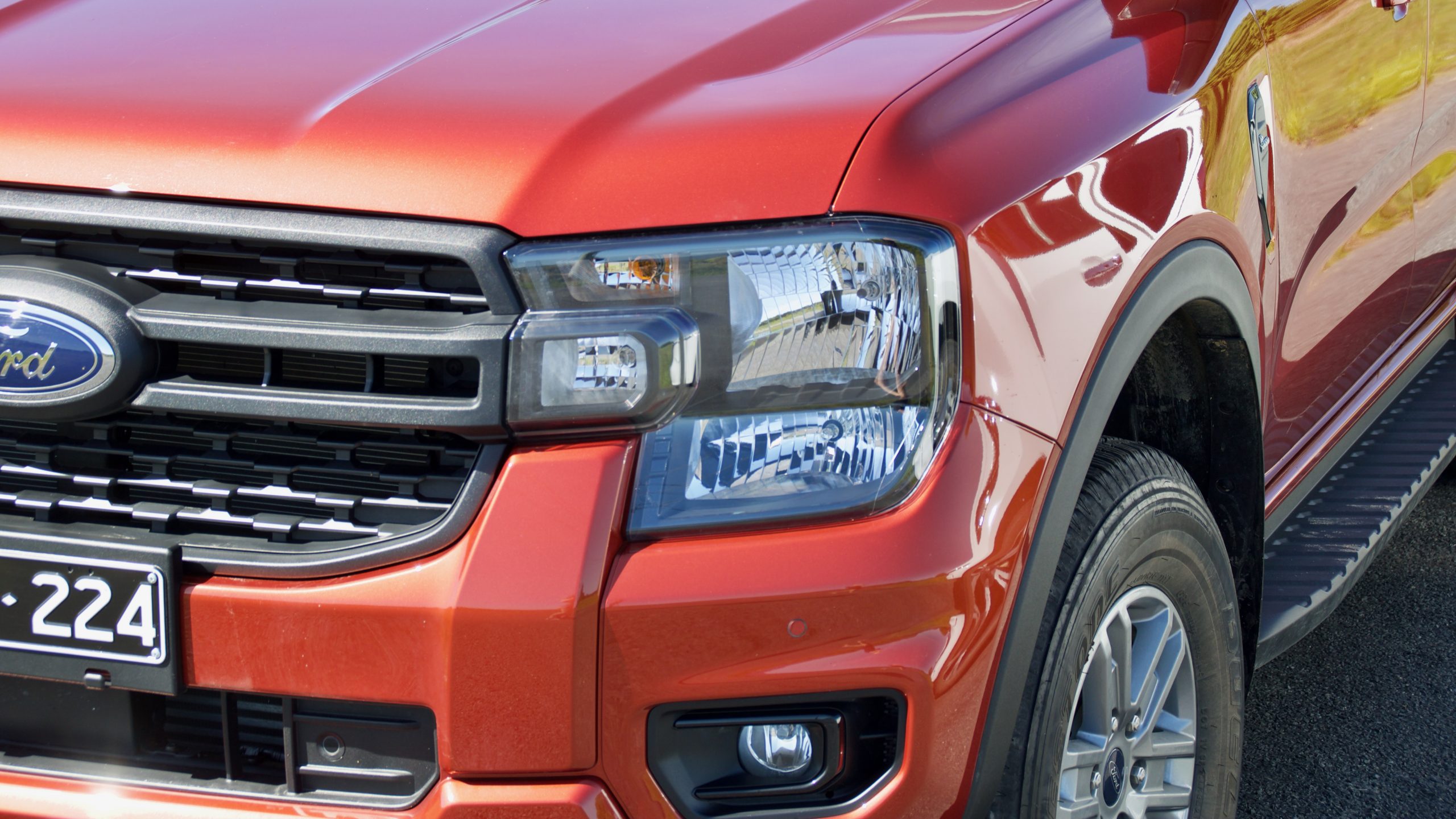
Off-road, both utes are quite competent and offer a wide selection of off-road tech: high- and low-range gearboxes, rear differential locks, hill descent control and in the case of the Ranger, an extra ‘slippery’ driving mode for extra off-road prowess. The Ranger’s extra 48mm of width is noticeable when driving off-road, with the tight trails we drove on feeling more claustrophobic than in the BT-50.
Ride & handling winner: 2022 Ford Ranger XLS
Interior & Practicality:
The BT-50 impressed us with its modern and good quality cabin when it was released (same with the Isuzu D-Max on which it’s based) but the Ranger takes it to another level. While the BT-50’s cabin offers better quality materials in XTR spec compared to the Ranger XLS, the Ranger’s technology is more intuitive to use, it’s more spacious and if you tick the Tech Pack option, fairly well equipped.
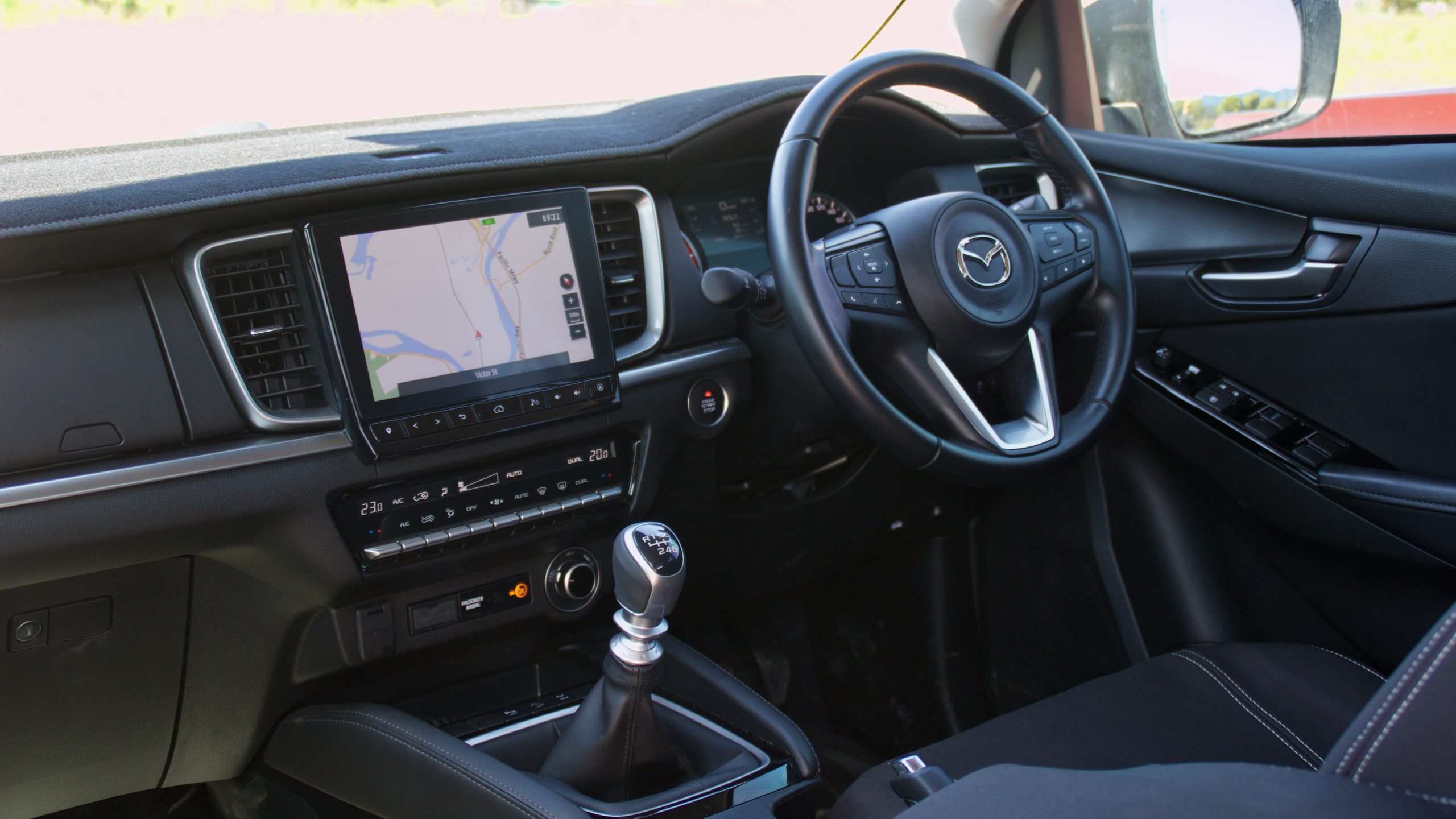
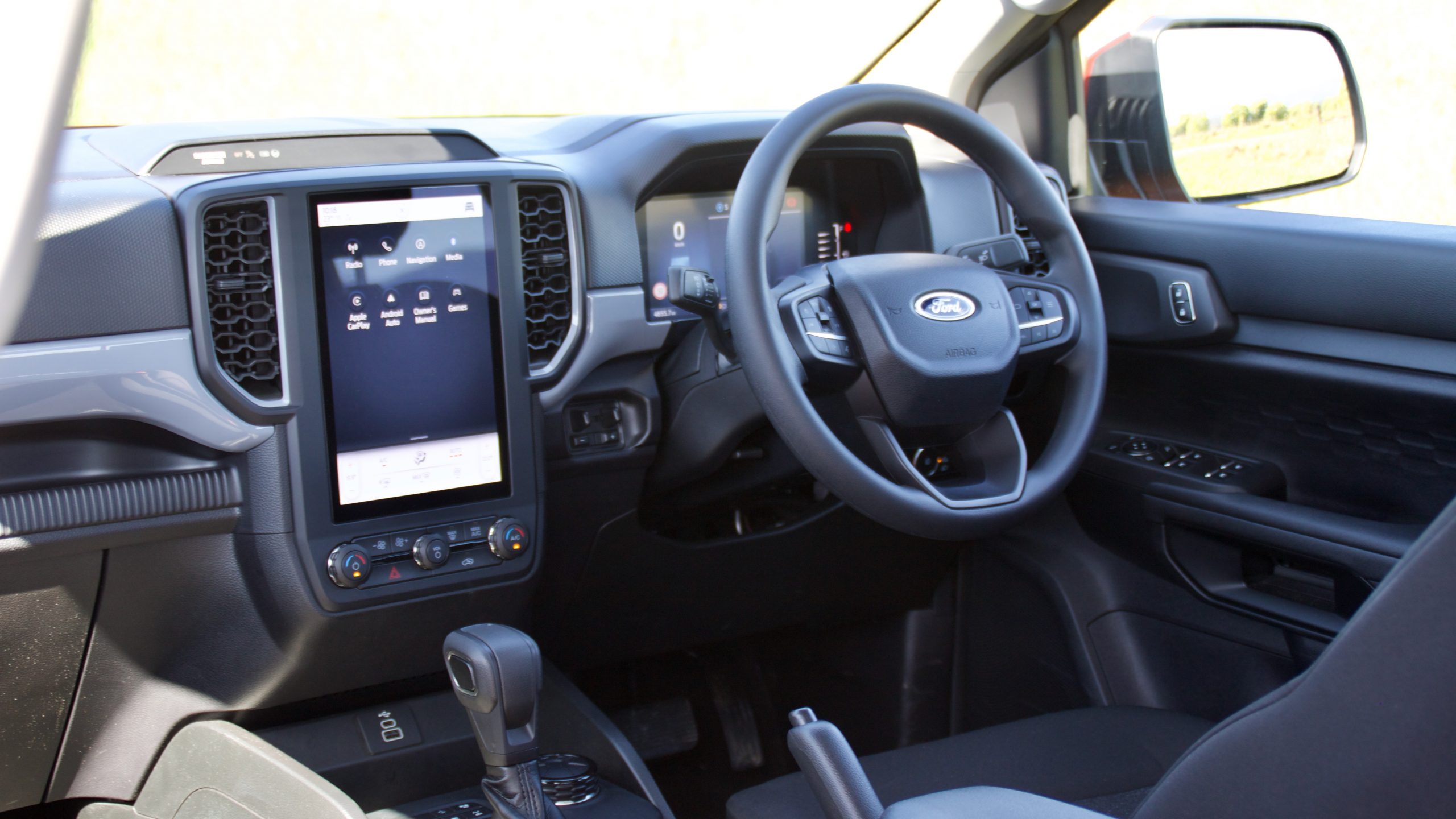
In terms of practicality, the BT-50 and Ranger cabins are fairly evenly matched, though the BT-50 features more clever touches. Both have reasonable door pockets and glove boxes, big cup holders and centre console bins, but the BT-50 has a second glovebox and dashboard-mounted second cup holders.
Both utes have large centre screens with wireless Apple CarPlay and Android Auto, satellite navigation and digital radio. The BT-50’s is a 9.0-inch unit and the Ranger (with the Tech Pack) features a larger 12-inch unit that’s far more intuitive to use than the Mazda’s aftermarket-feeling unit. The screen in the Ranger is brighter, easier to use and feels more modern than the Mazda’s.
The rear seats of the BT-50 and Ranger are comfortable and reasonably spacious, but the Ranger’s rear space is definitely airier thanks to larger windows and is also more comfortable thanks to more legroom over the BT-50. Otherwise, they both have rear vents, power sockets (the BT-50 has a USB port and the Ranger a 12V socket), door pockets and map pockets – but the BT-50 further features a centre armrest with cup holders.
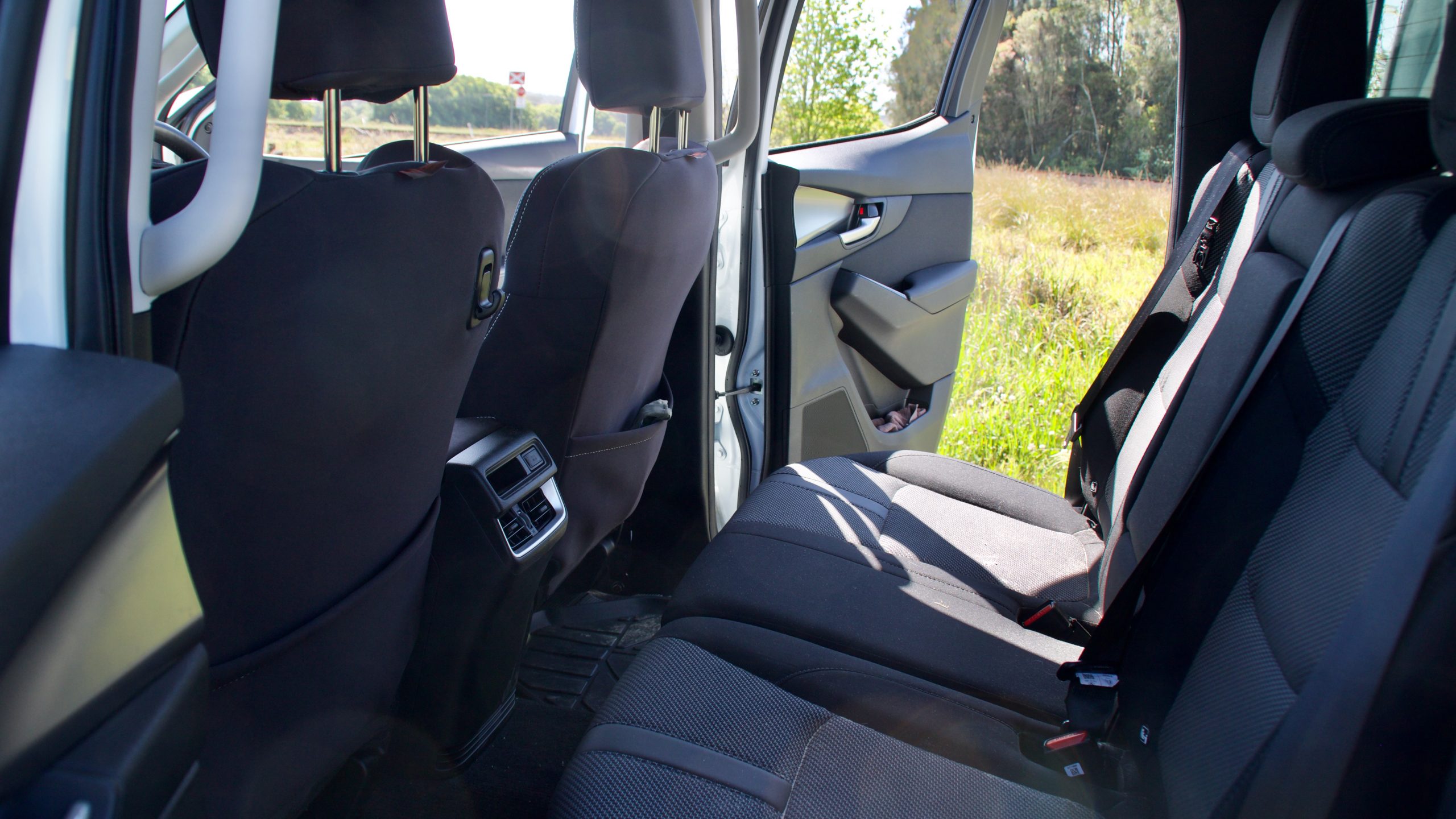
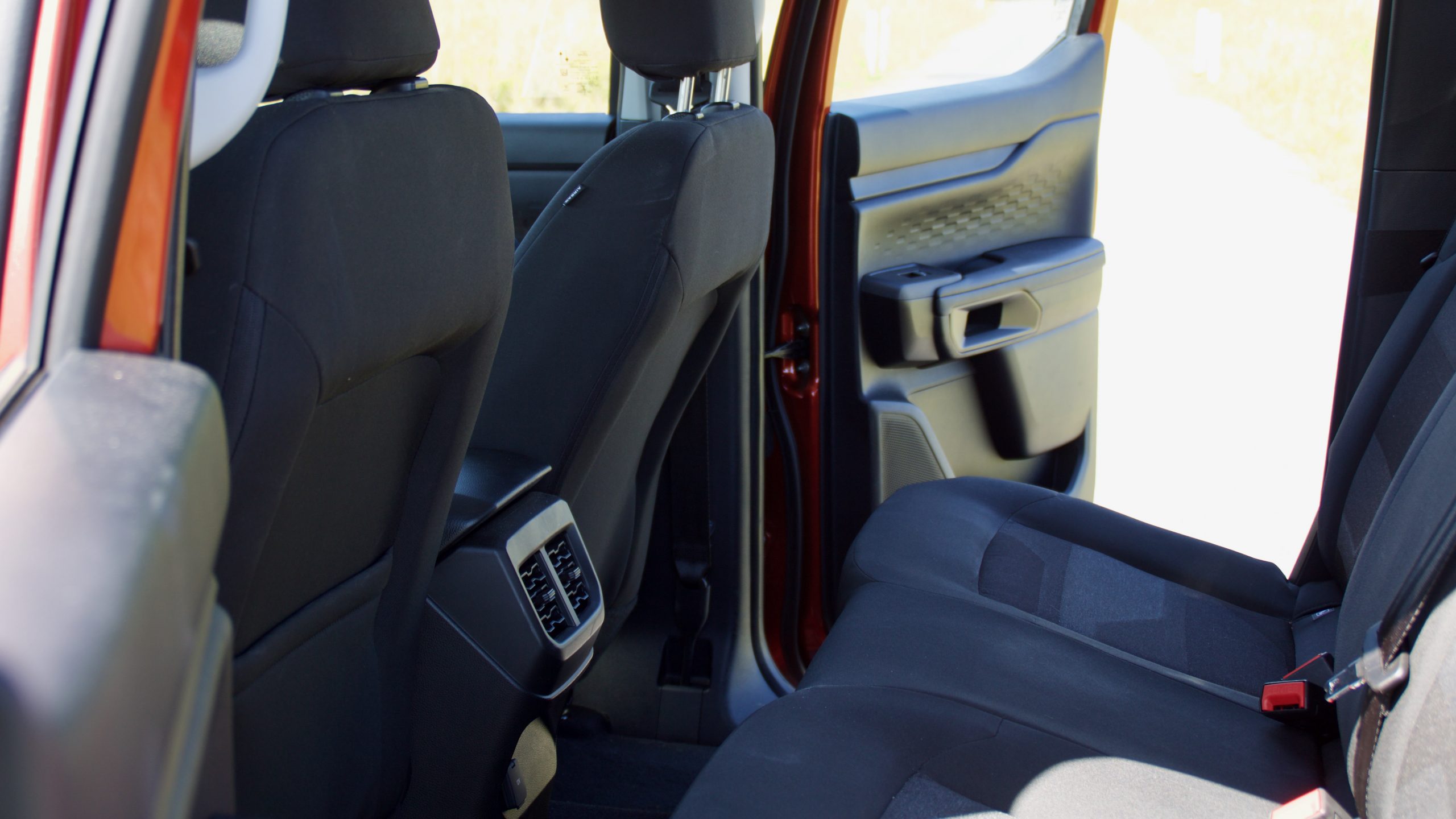
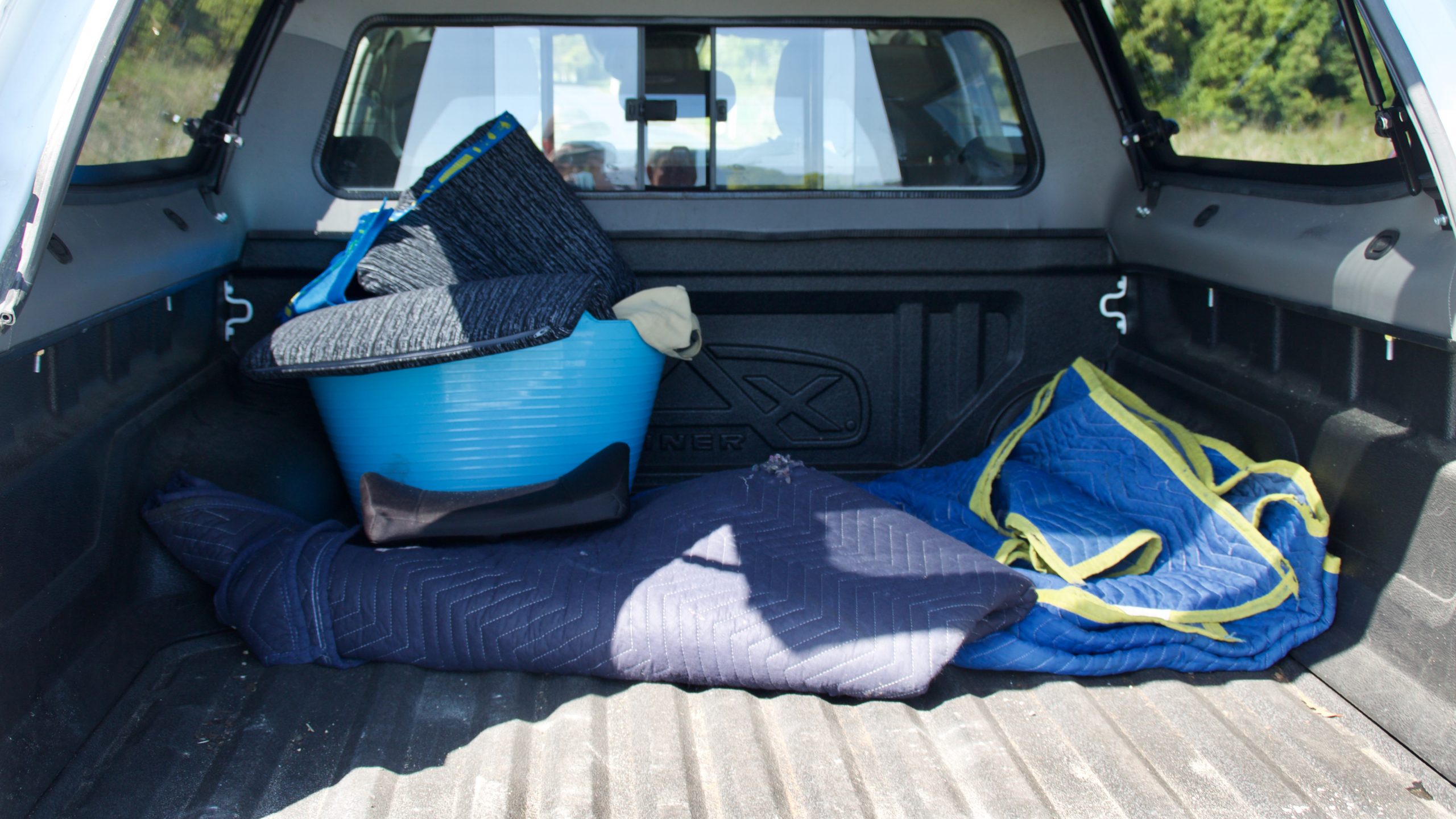
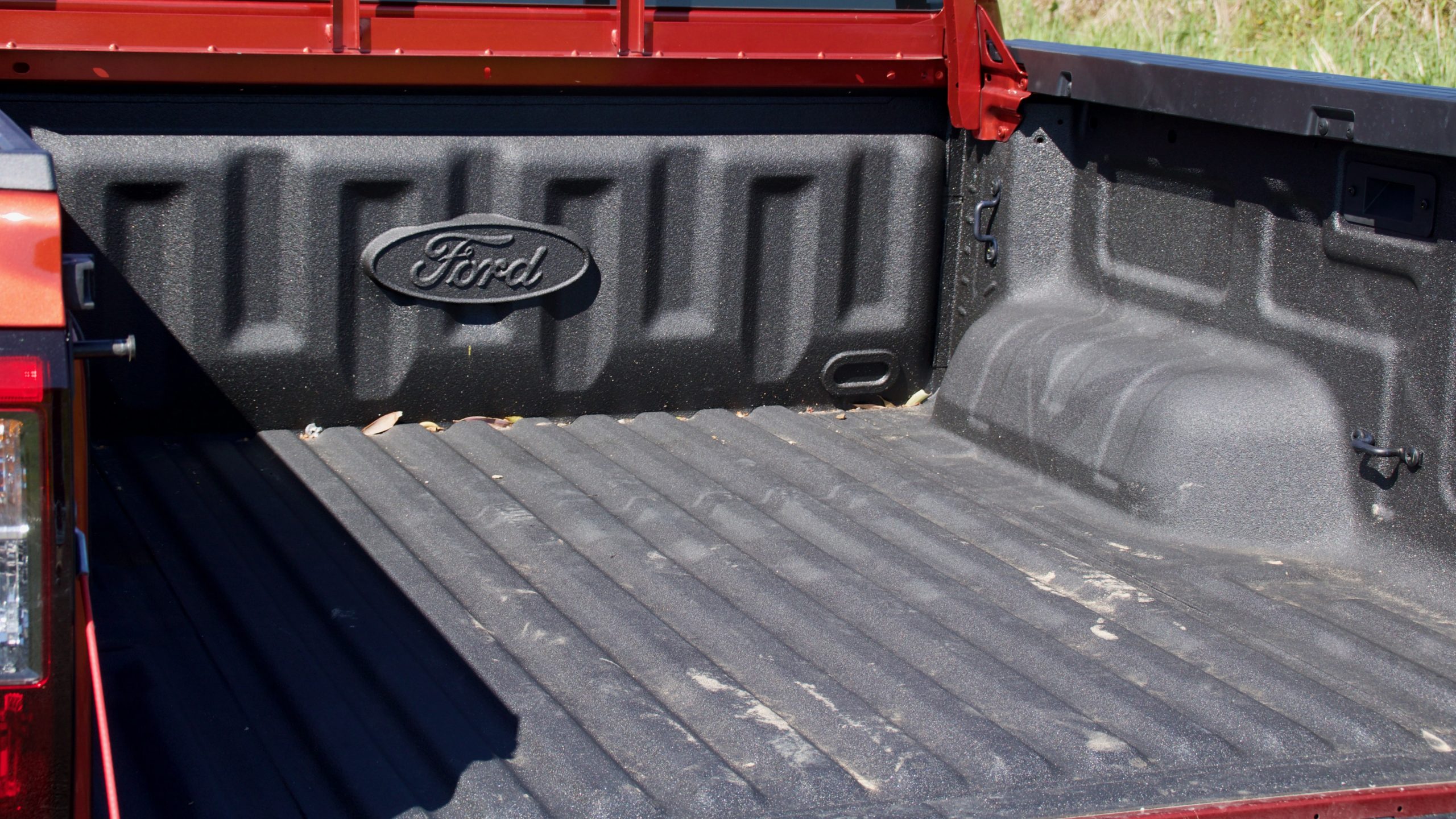
The trays of the BT-50 and Ranger are similar, though the Ranger’s extra 48mm of width is obvious – it can fit a Euro-sized pallet for example, while the BT-50 can not. The BT-50’s tray has handy touches like tie down points and a locking tailgate, while the Ranger includes those and adds steps in the rear bumper, tray lighting, a ruler on the top of the tray and a much lighter tailgate for easier loading. Of course, both are available with a huge range of aftermarket accessories – our test BT-50 sported a canopy, for example.
Interior & practicality winner: 2022 Ford Ranger XLS
Service & Warranty:
Both the 2022 Mazda BT-50 XTR and 2022 Ford Ranger XLS come with five year/unlimited km warranties with five years of roadside assistance on the Mazda and up to seven years of roadside assistance for the Ford (if it’s serviced at a Ford dealership during that time). Both utes have once-yearly/every 15,000km service intervals.
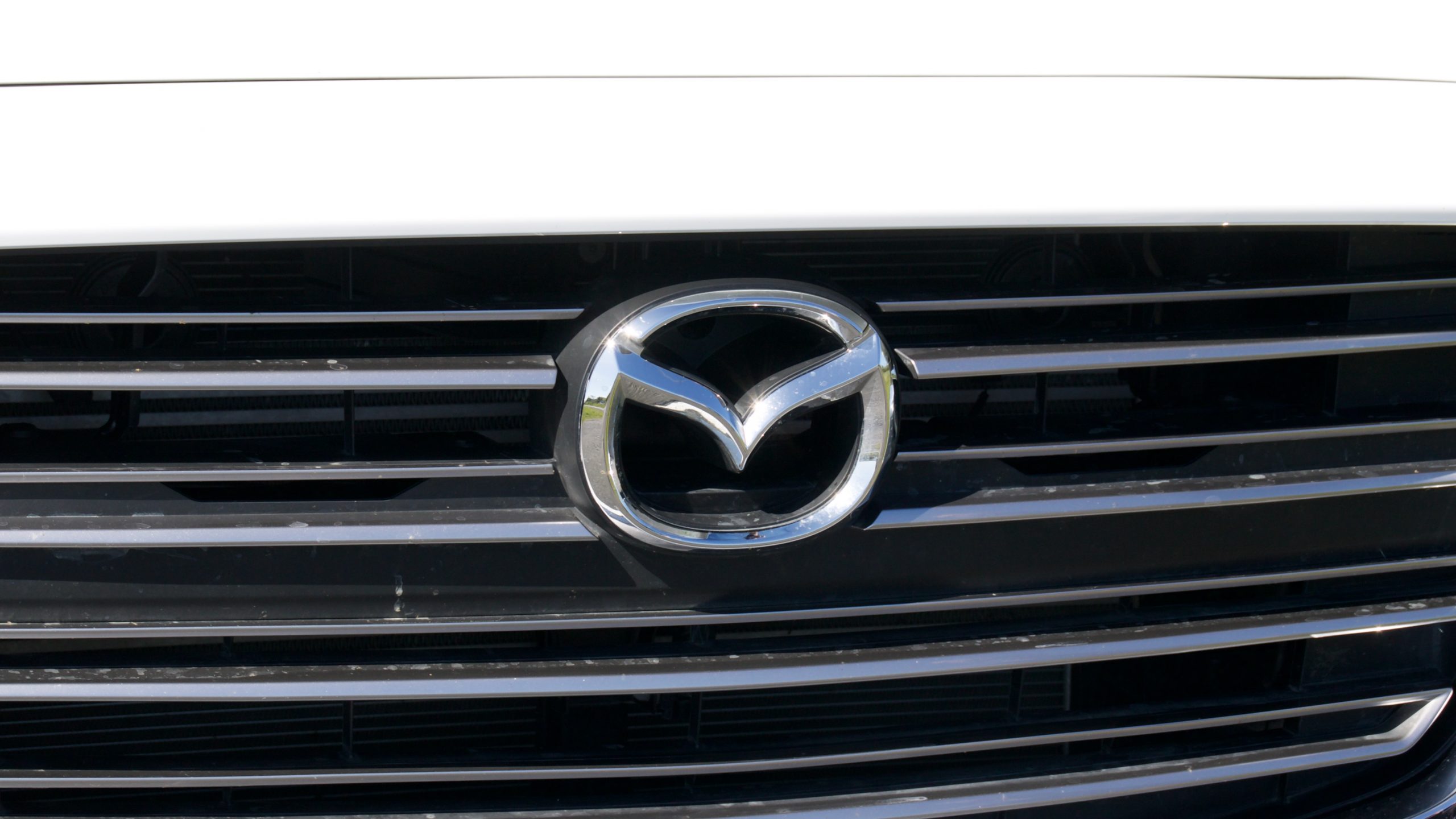
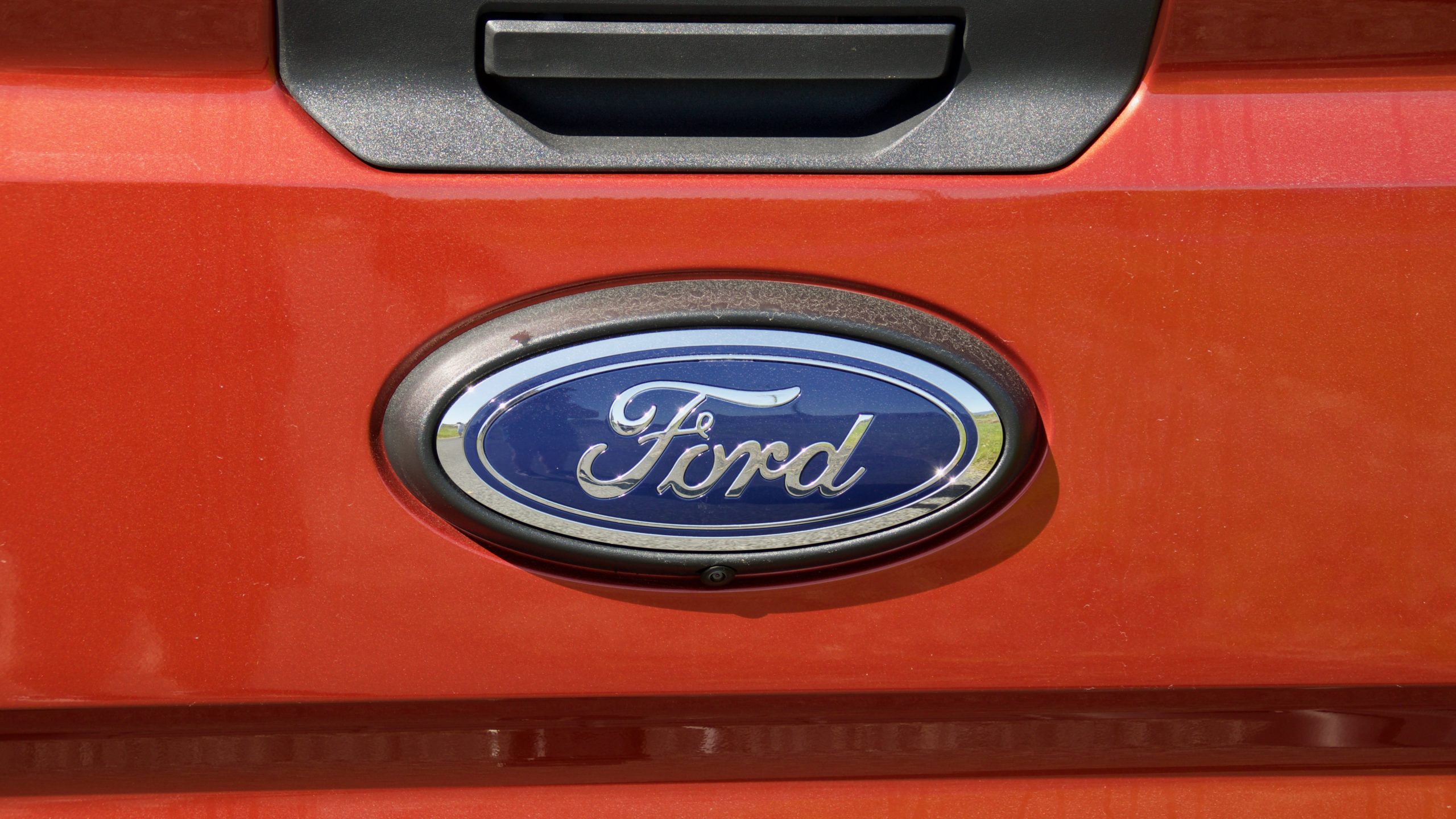
Five years/75,000km of servicing the BT-50 costs $2,404 ($480 per service), while the same for the Ranger costs significantly less at $1,696 ($339 per service).
Service & warranty winner: 2022 Ford Ranger XLS
Which is best: the 2022 Ford Ranger XLS or the 2022 Mazda BT-50 XTR?
As you can probably tell, we had a lot of fun comparing the 2022 Mazda BT-50 XTR and 2022 Ford Ranger XLS, venturing off the beaten track and exploring one of the prettiest regions in New South Wales. And as you can also probably tell, the Ranger wins this comparison in almost every area. The BT-50 is not a bad product in any way, and still remains one of our favourite utes, but the new Ranger has it comfortably beaten.
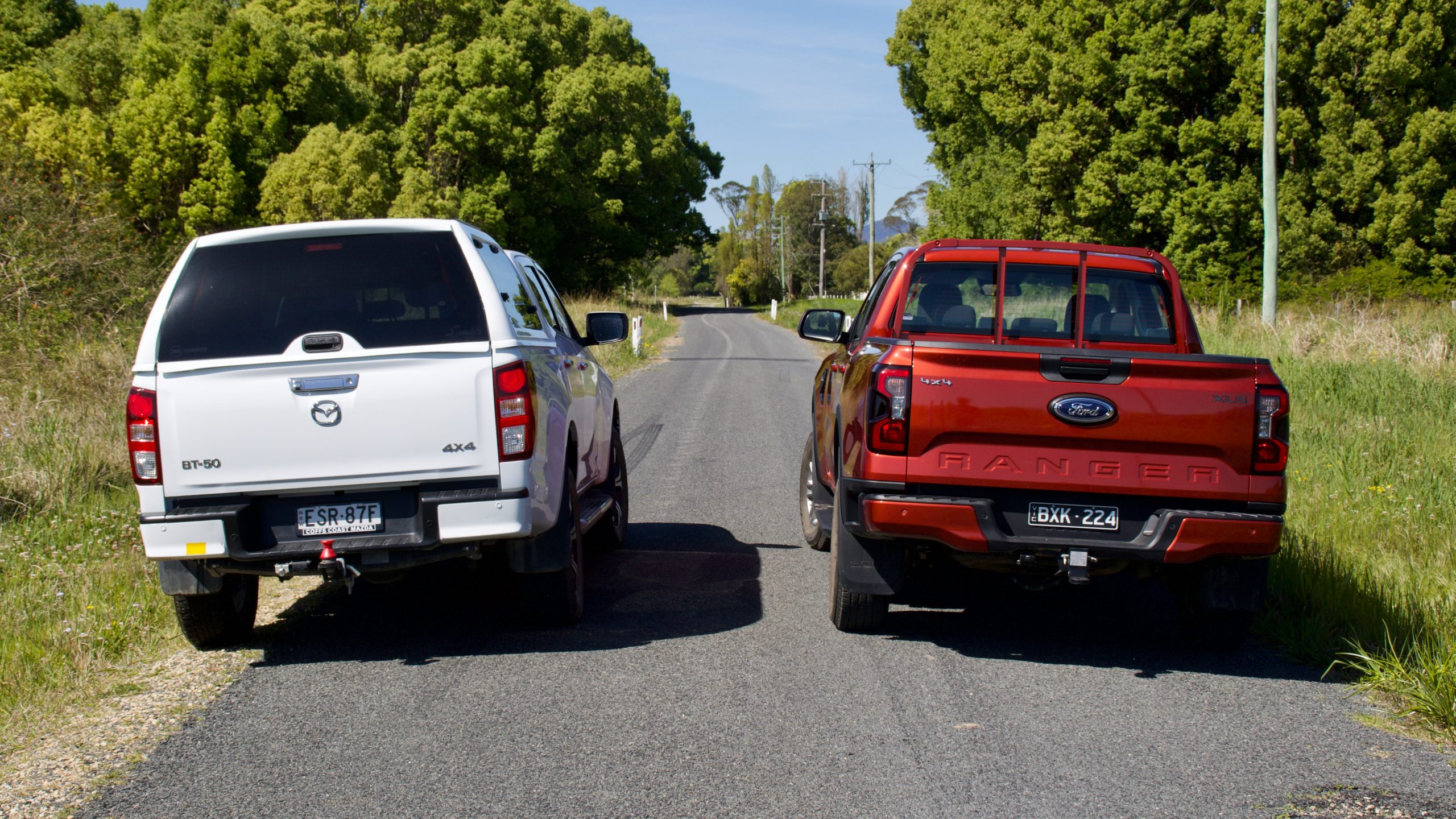
While the BT-50 offers a sharper initial value equation with more standard big ticket equipment items like LED headlights, the Ranger counters with more intuitive technology, a superior ride and handling balance, a stronger yet similarly efficient engine, a bigger and more clever tray and significantly cheaper servicing over five years. Considering all of these positive qualities and just how much Australians love utes, it’s no wonder that the Ranger has a wait list of up to 12 months at the moment – and, we suspect, there are plenty more orders to come.
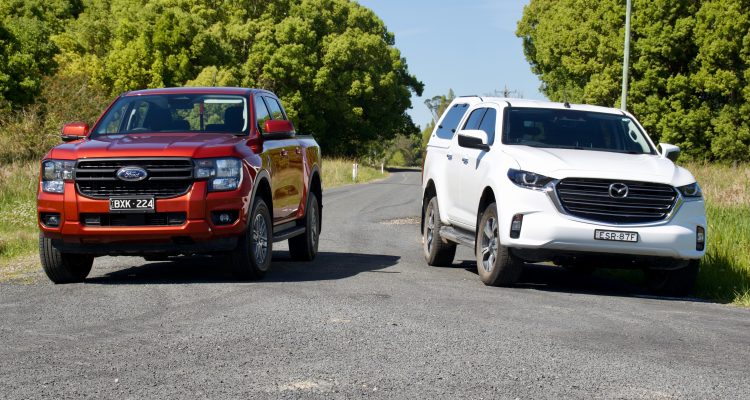
Leave a Reply